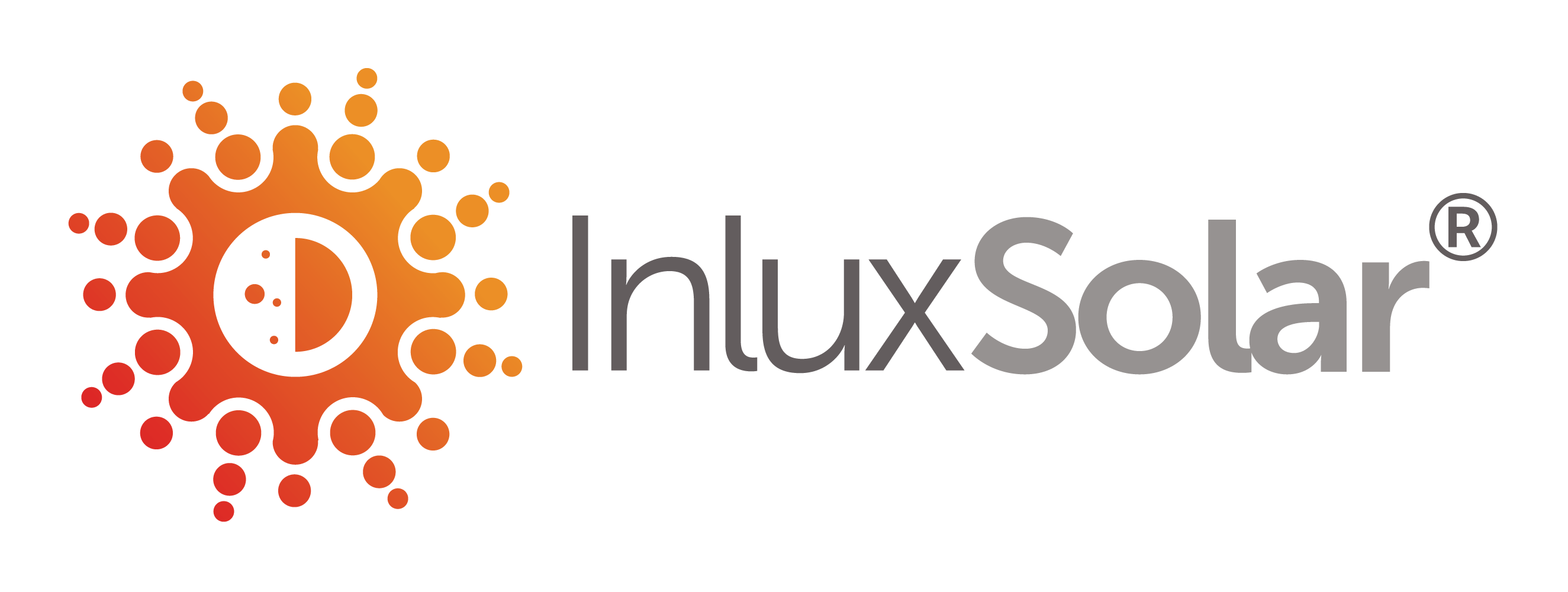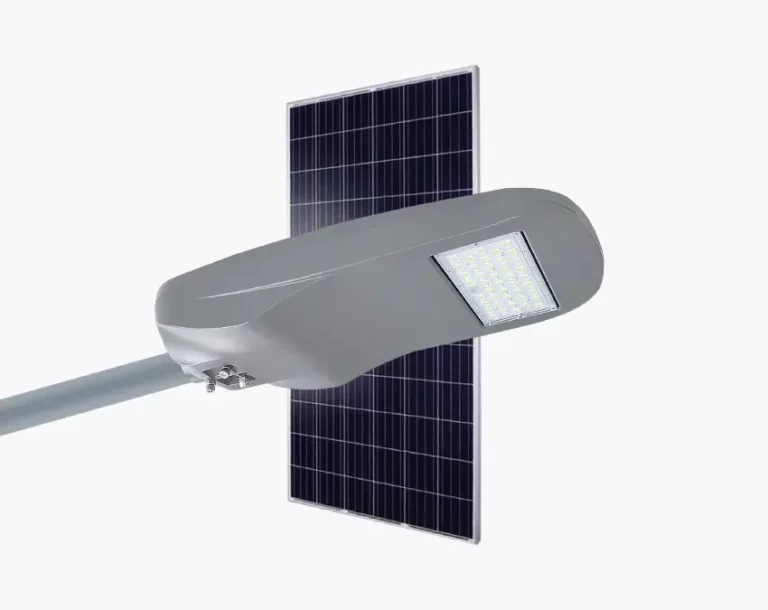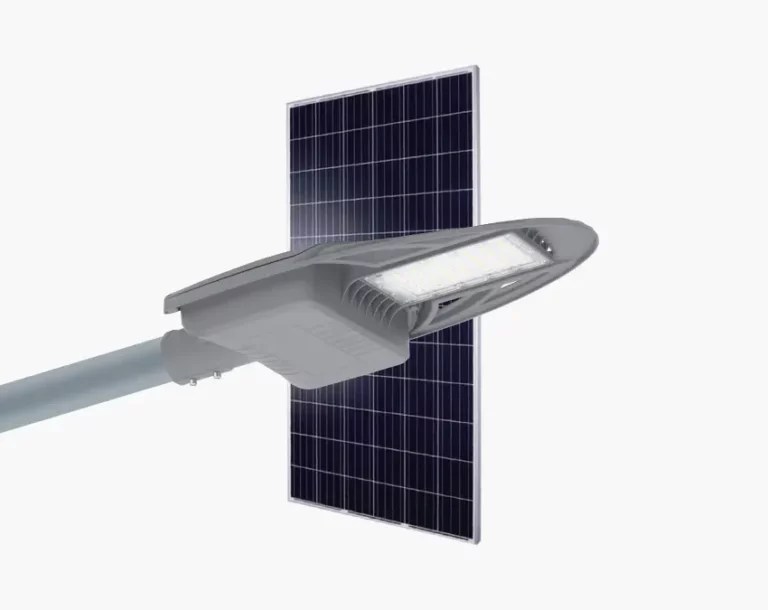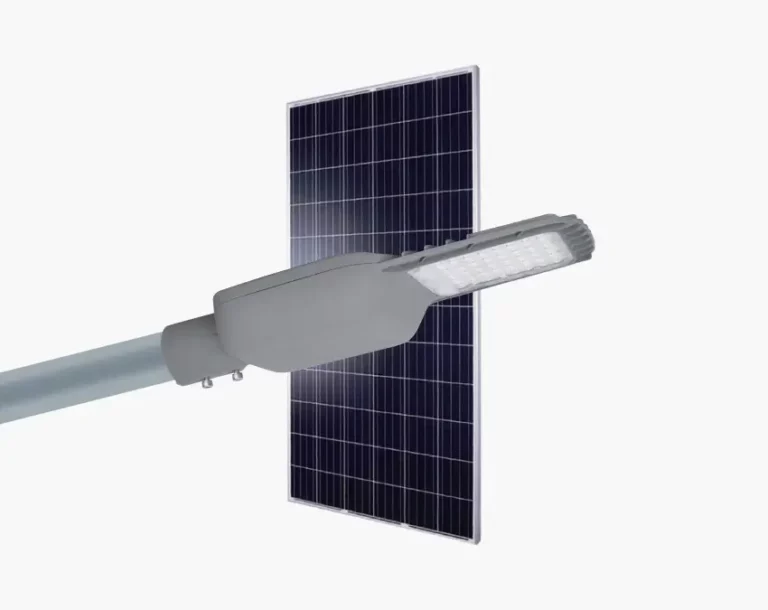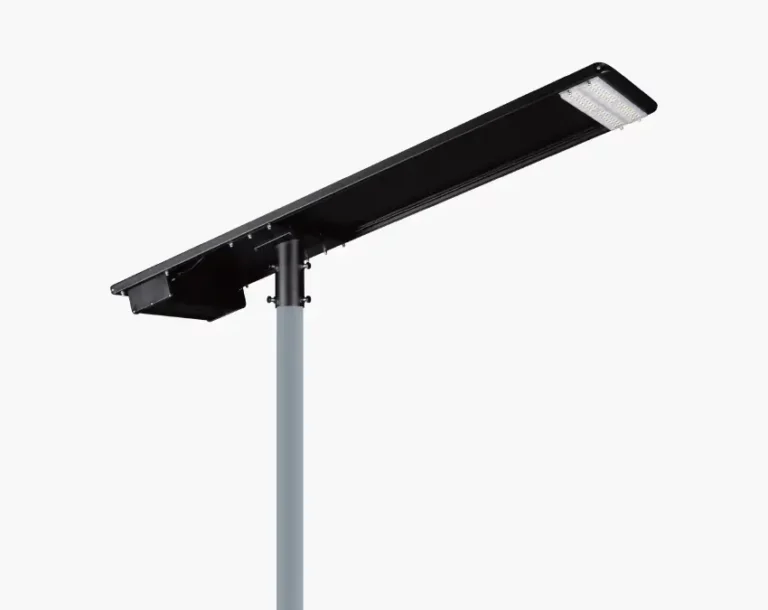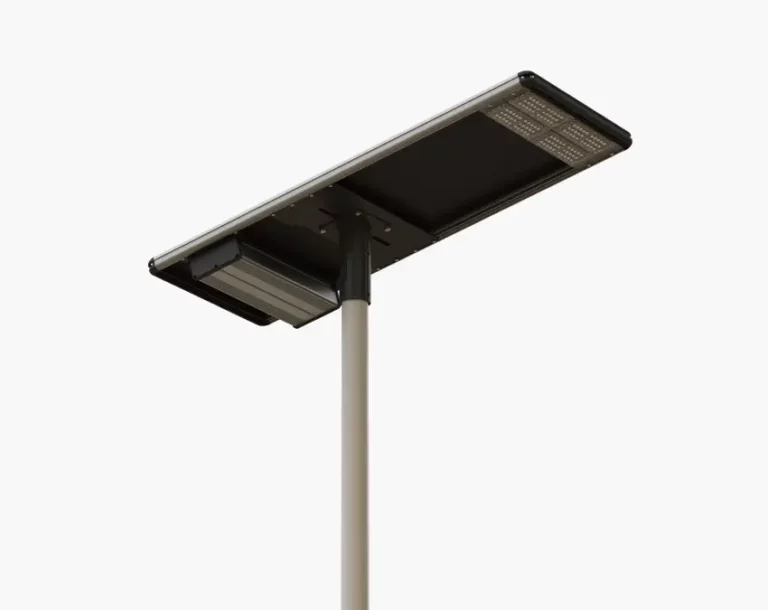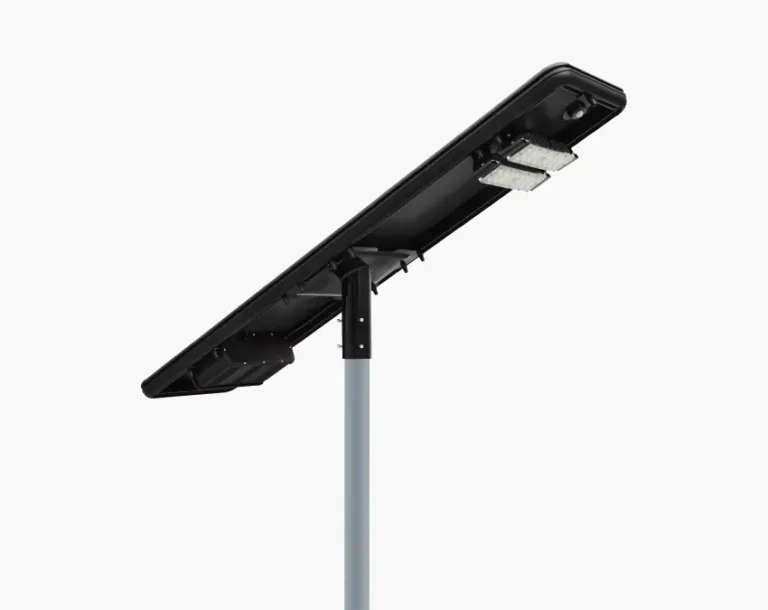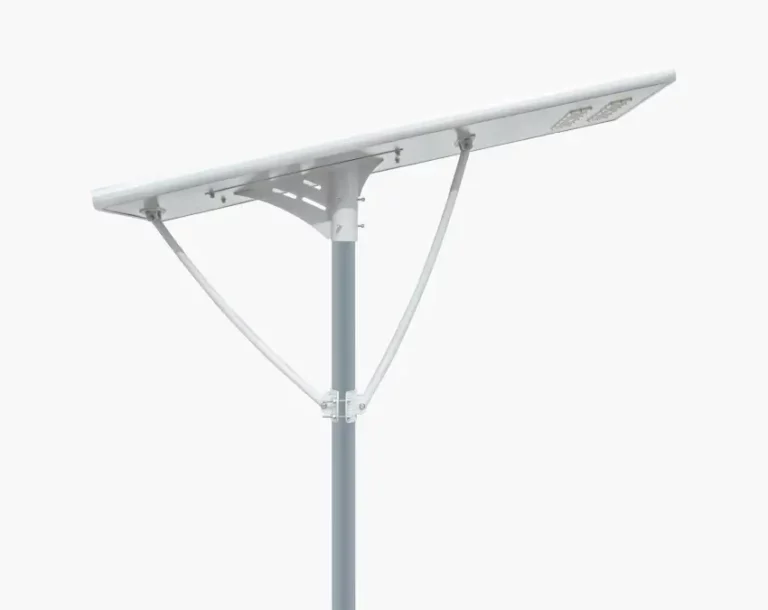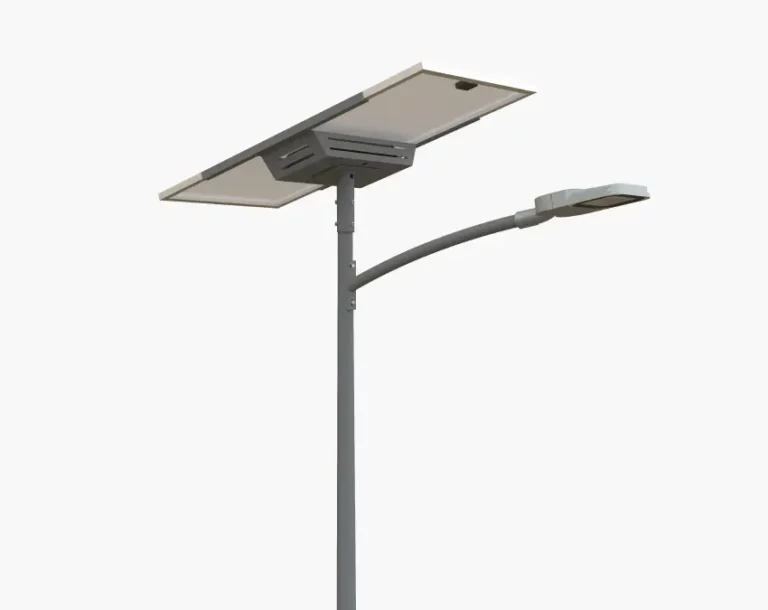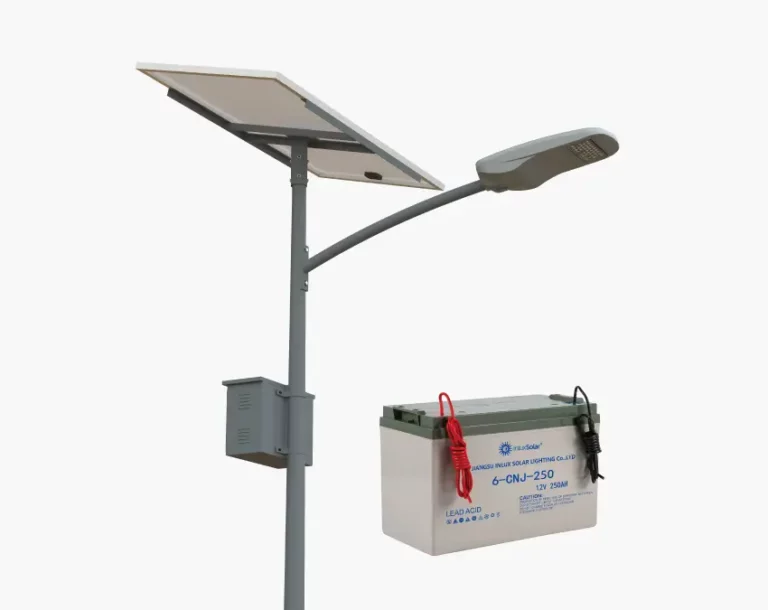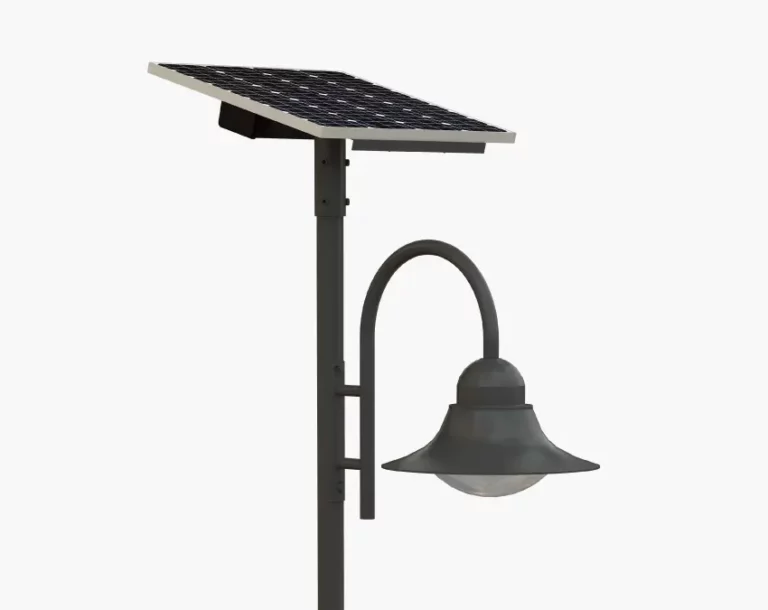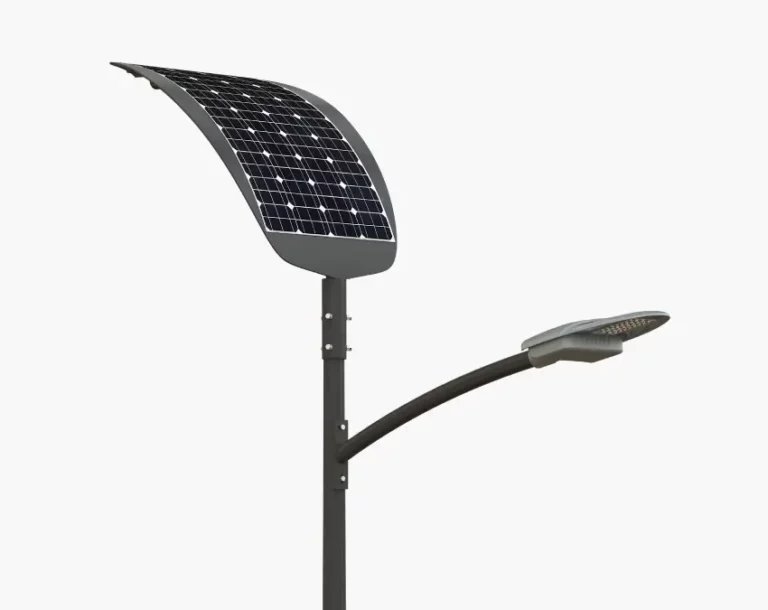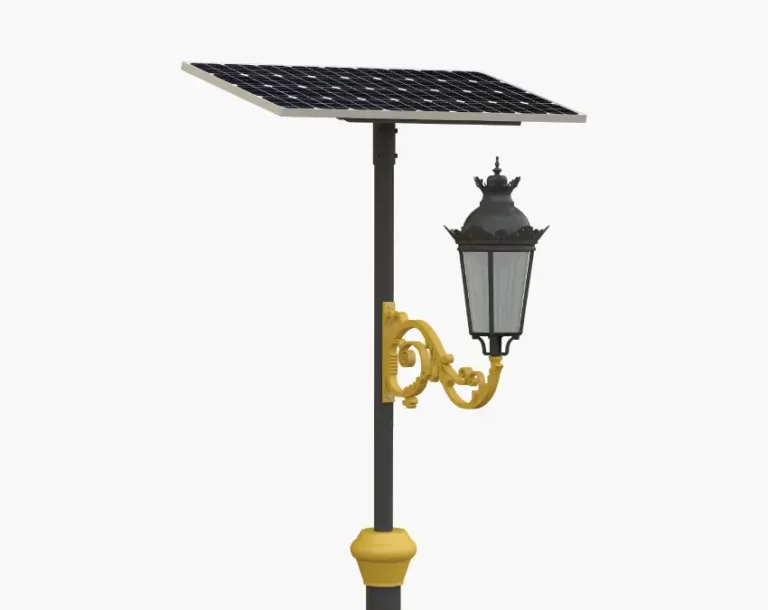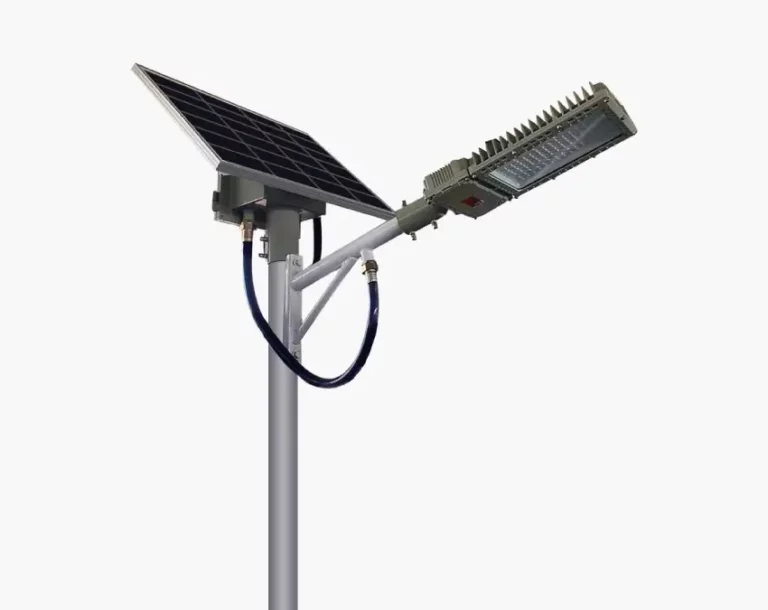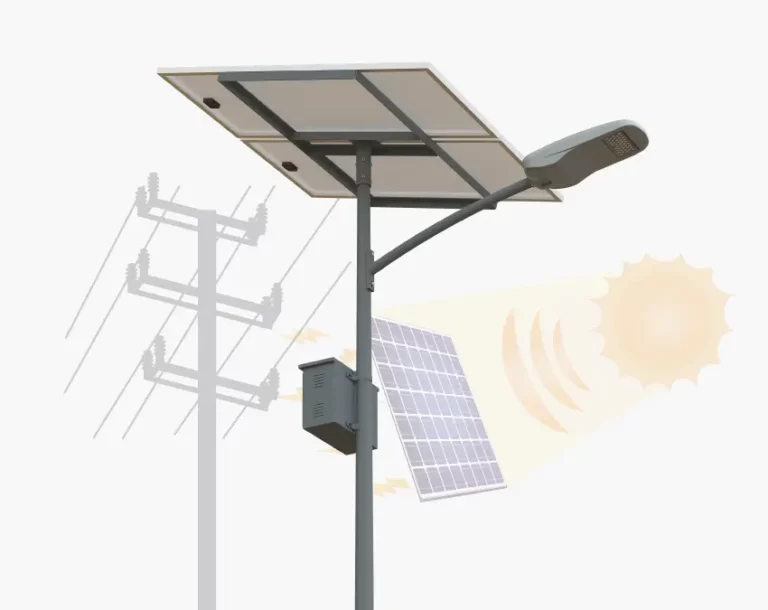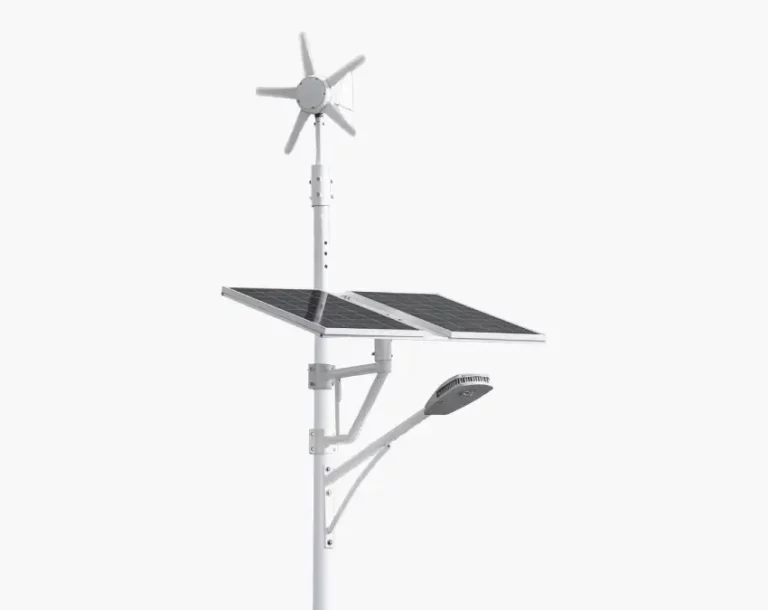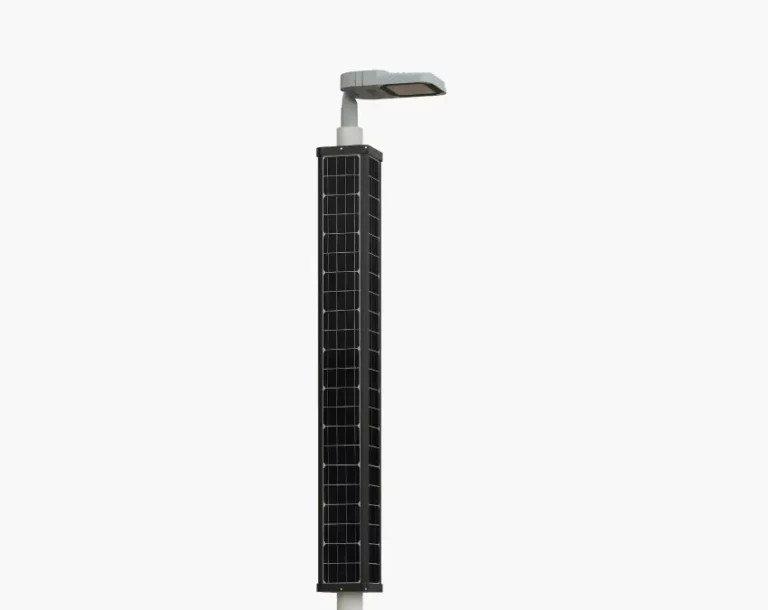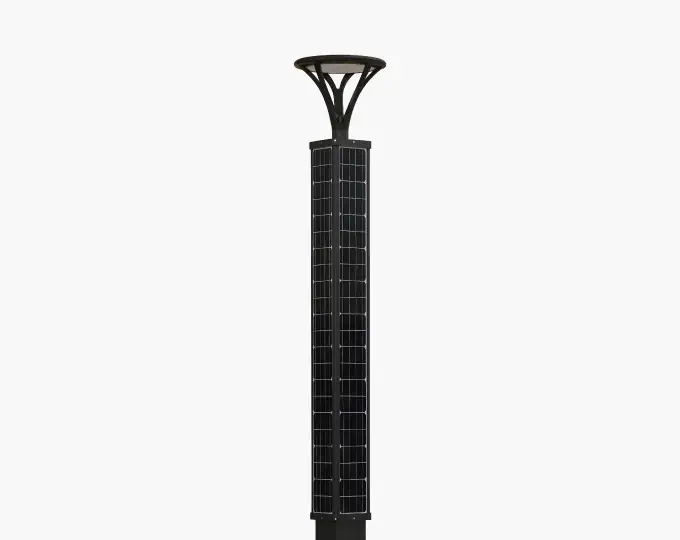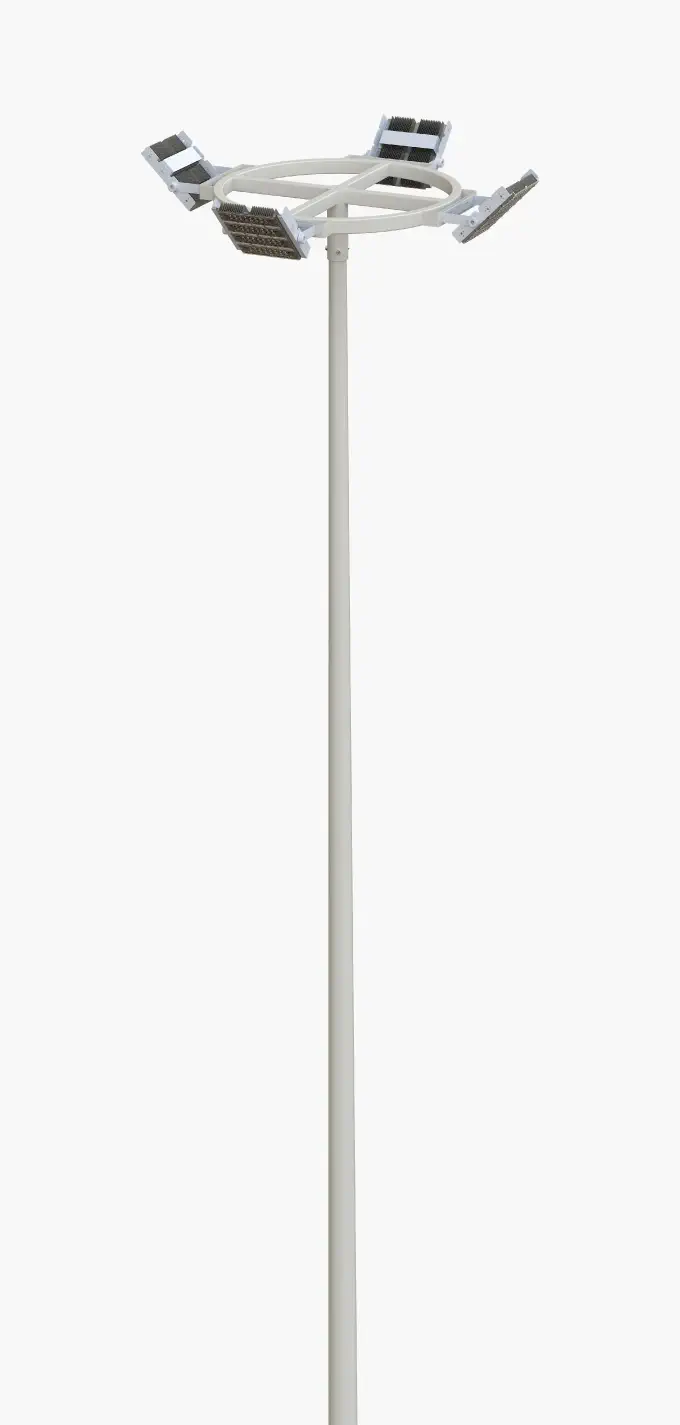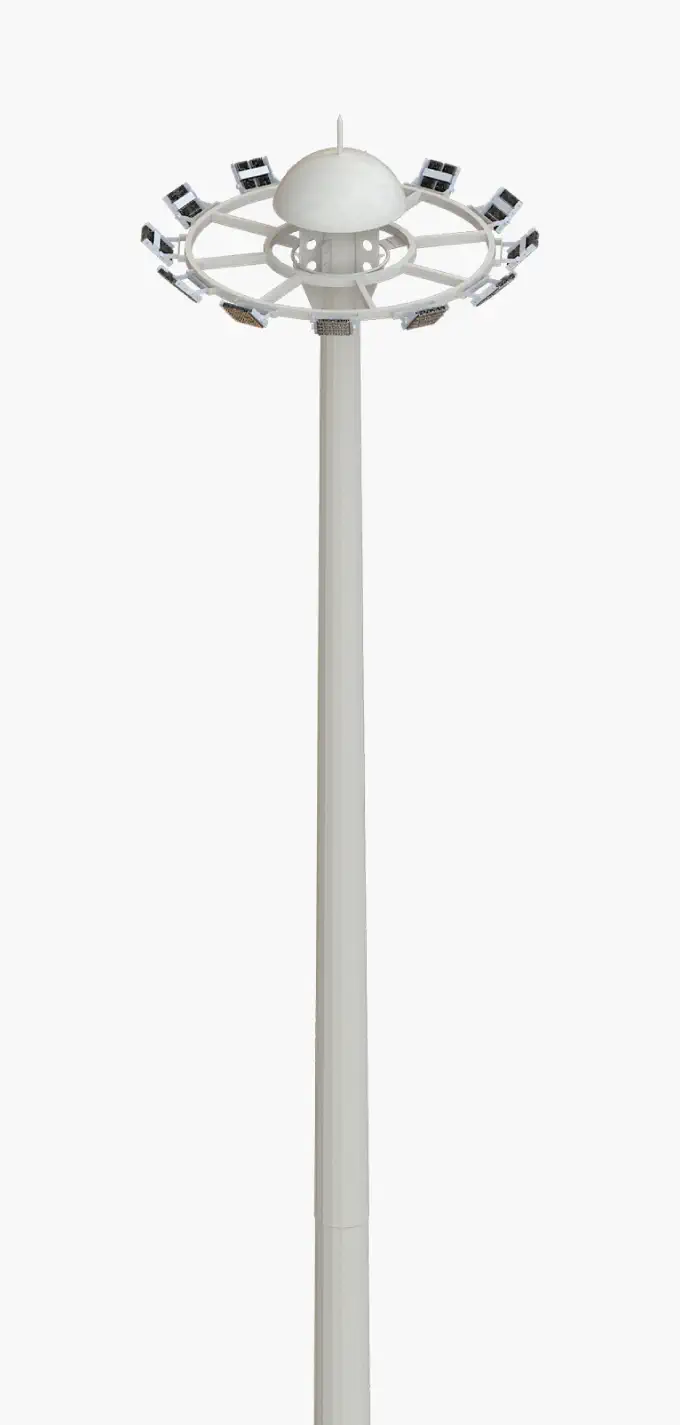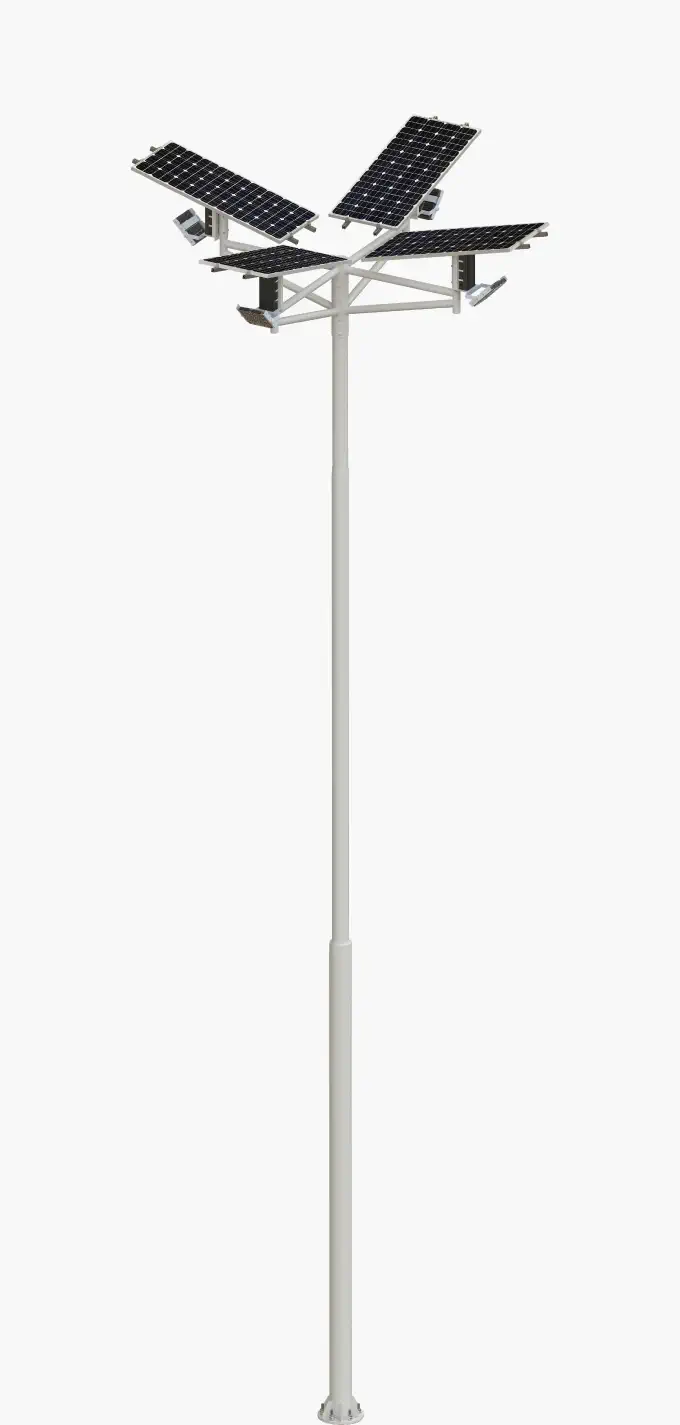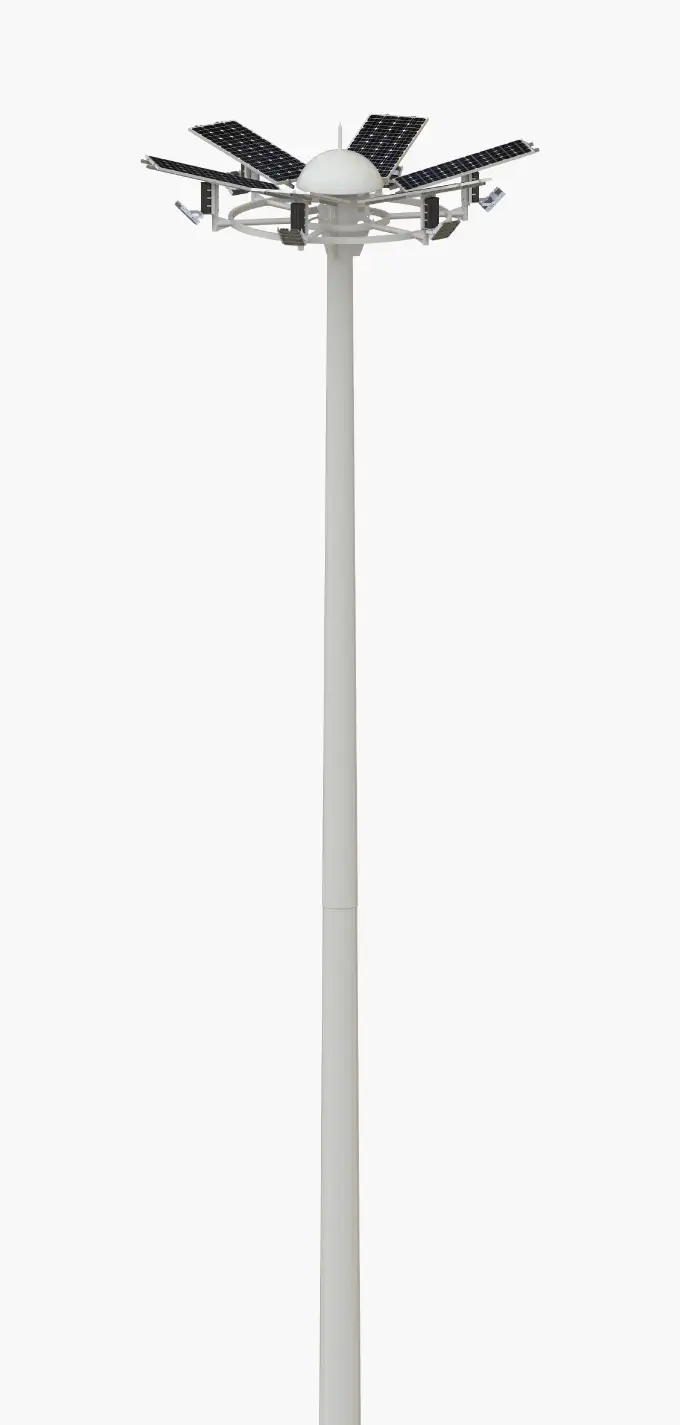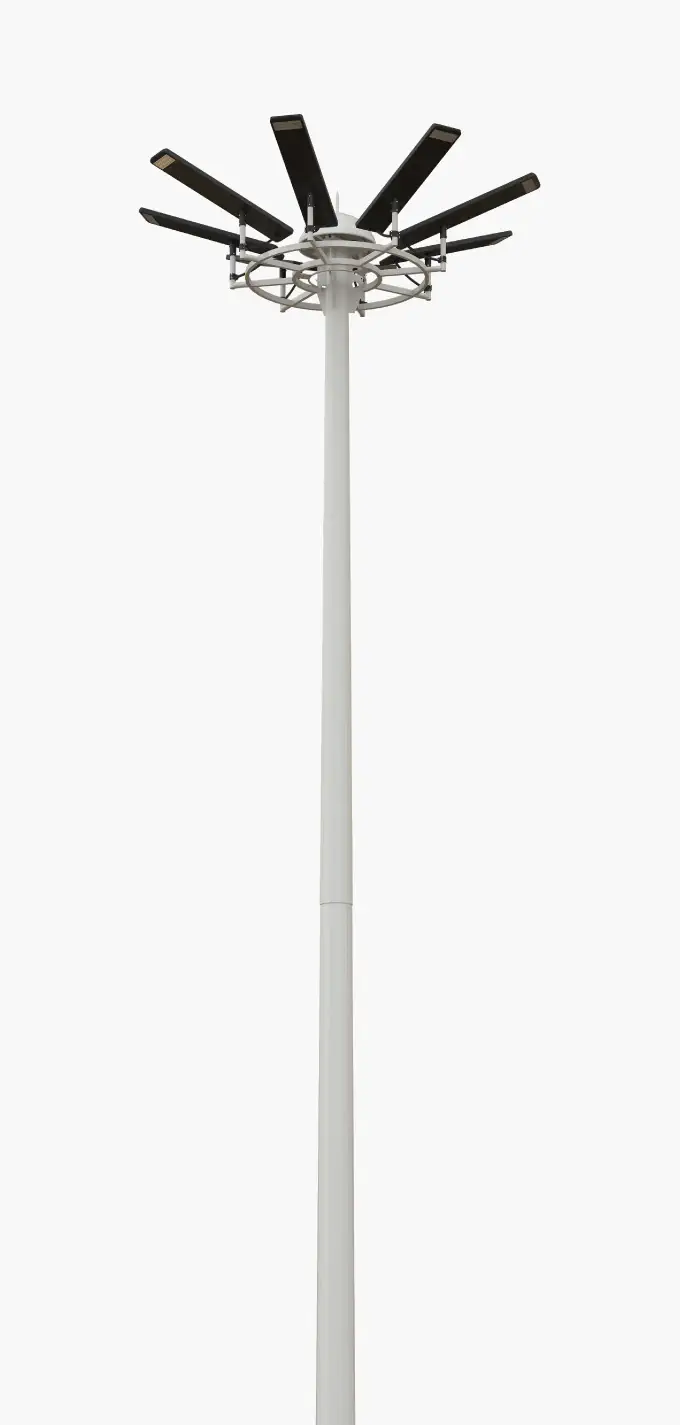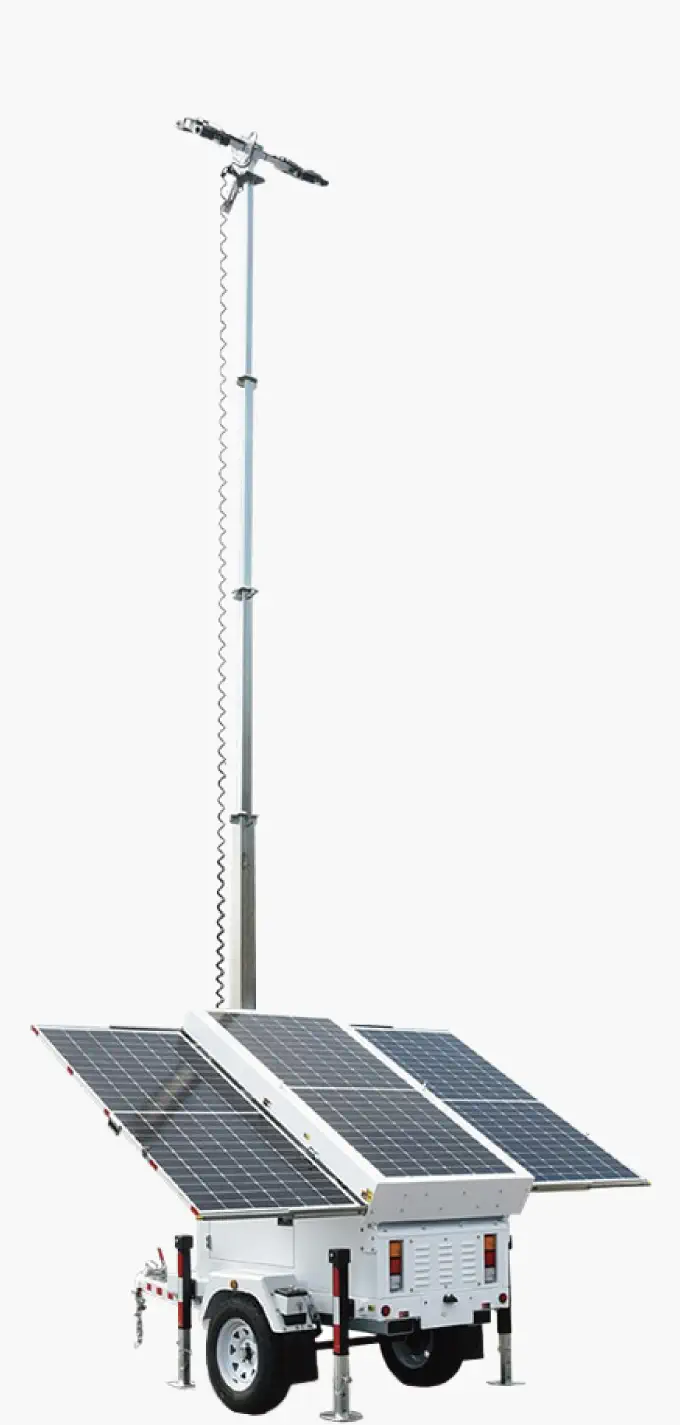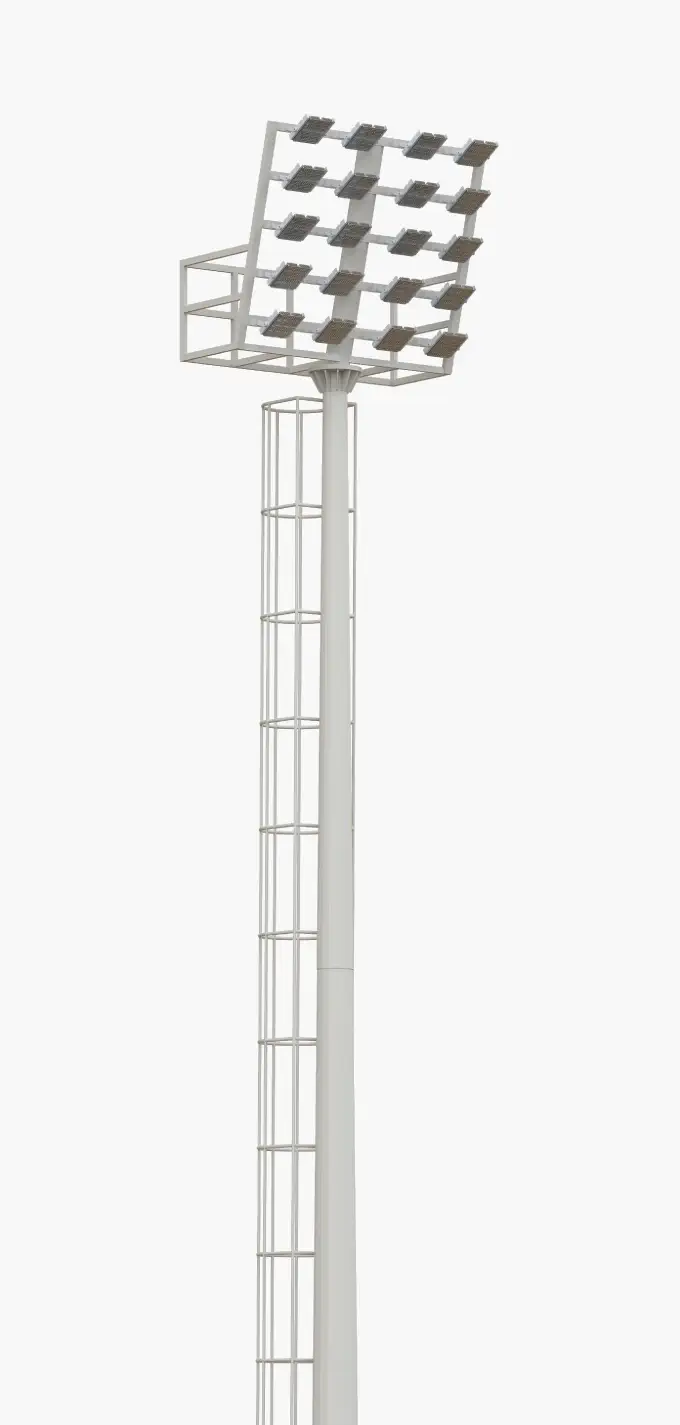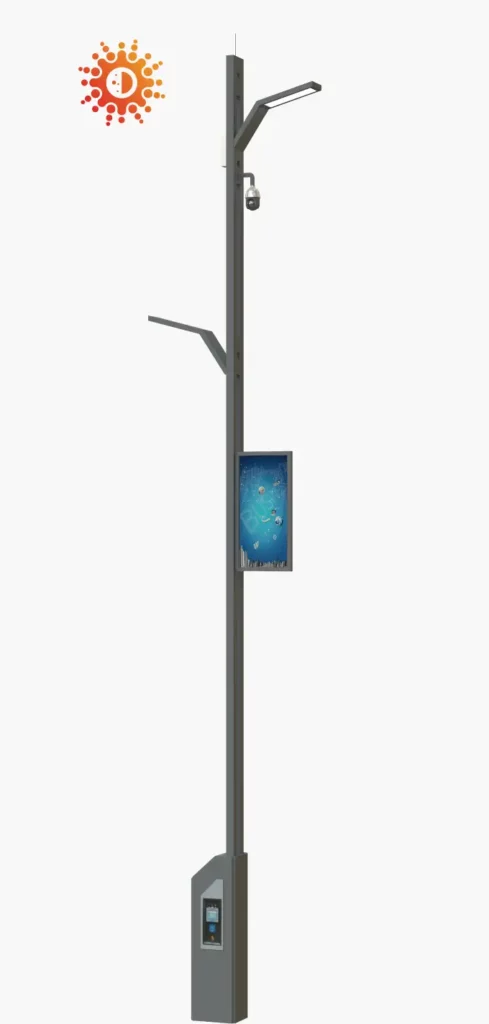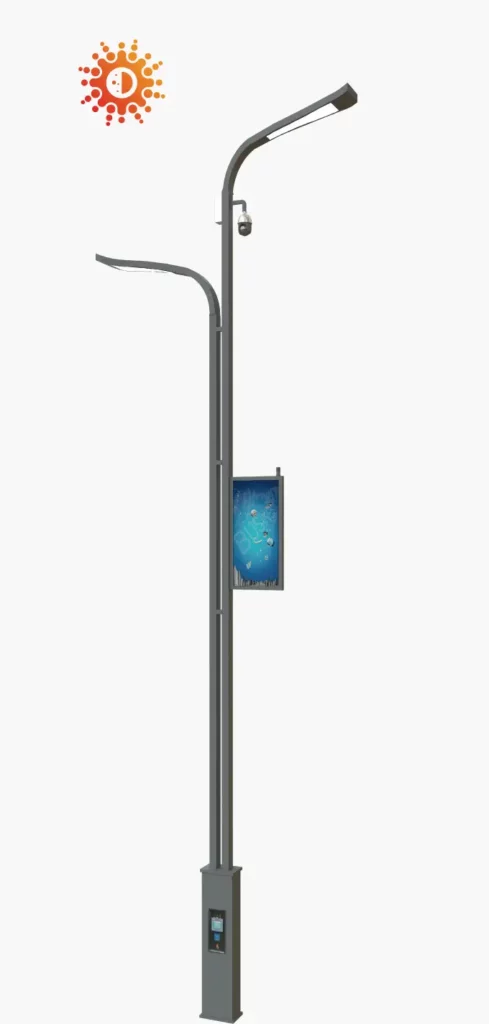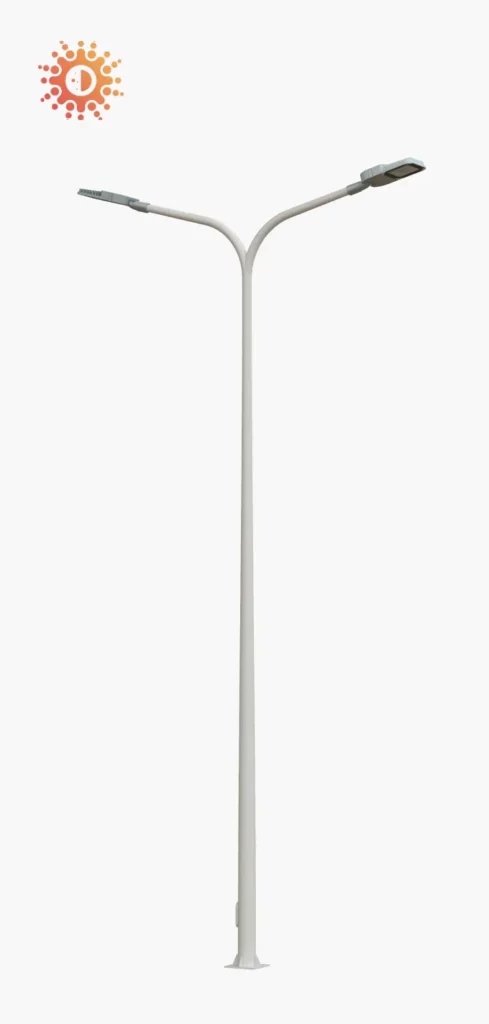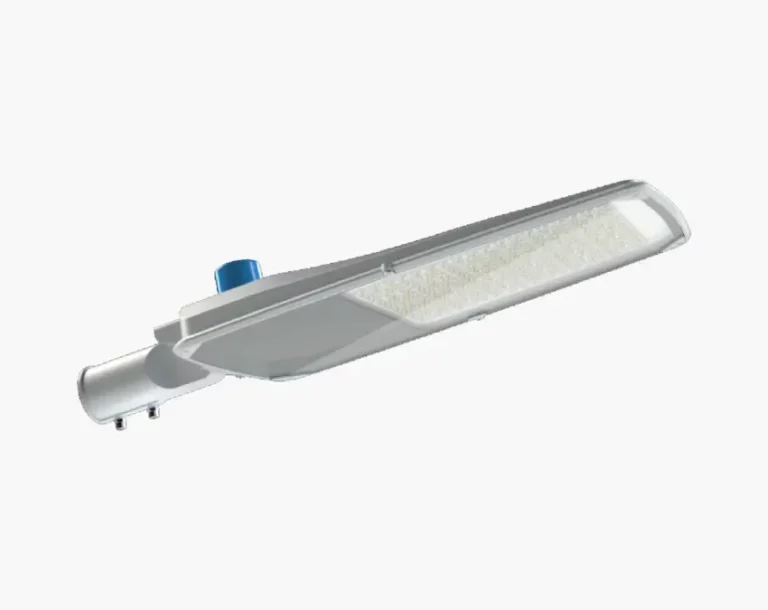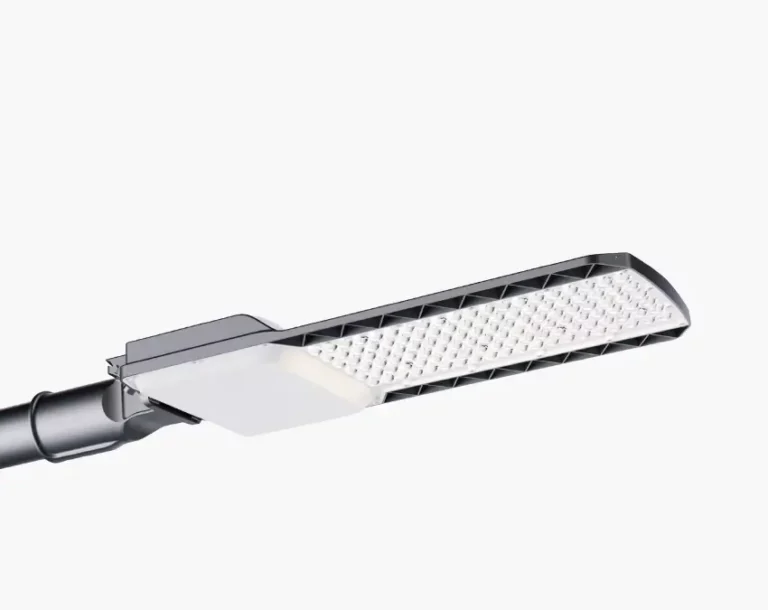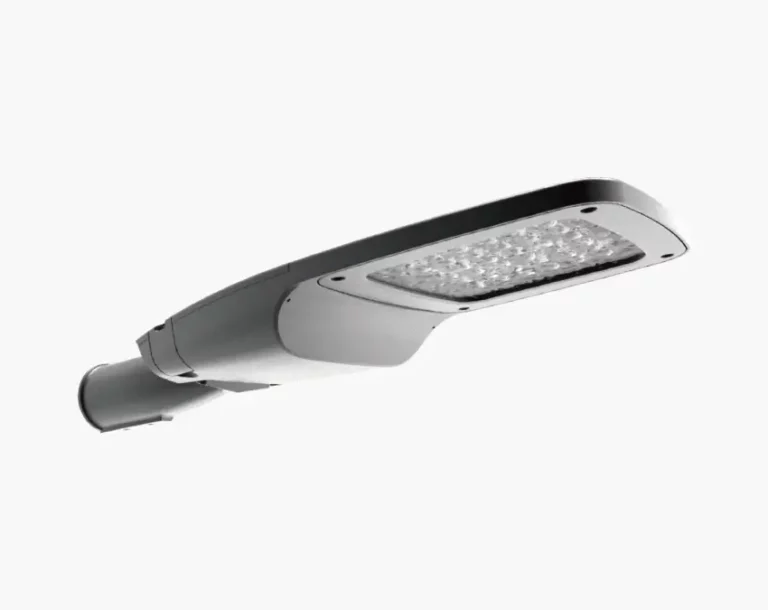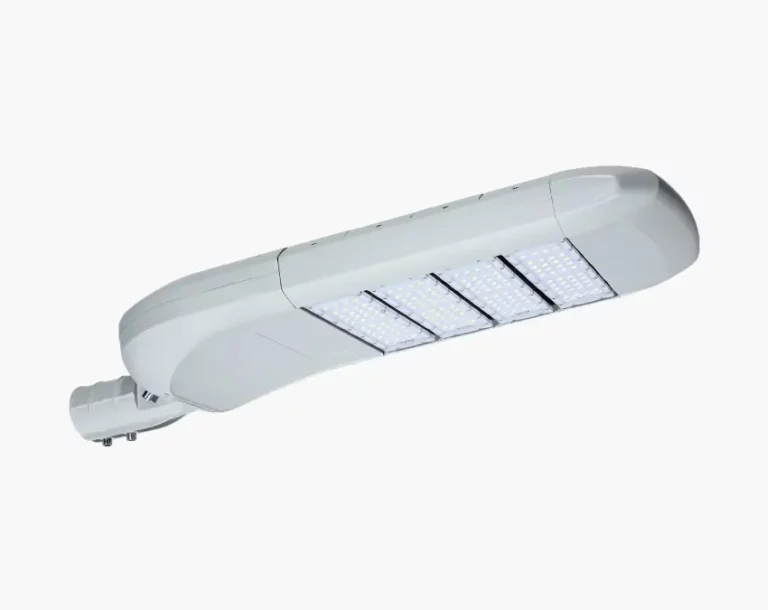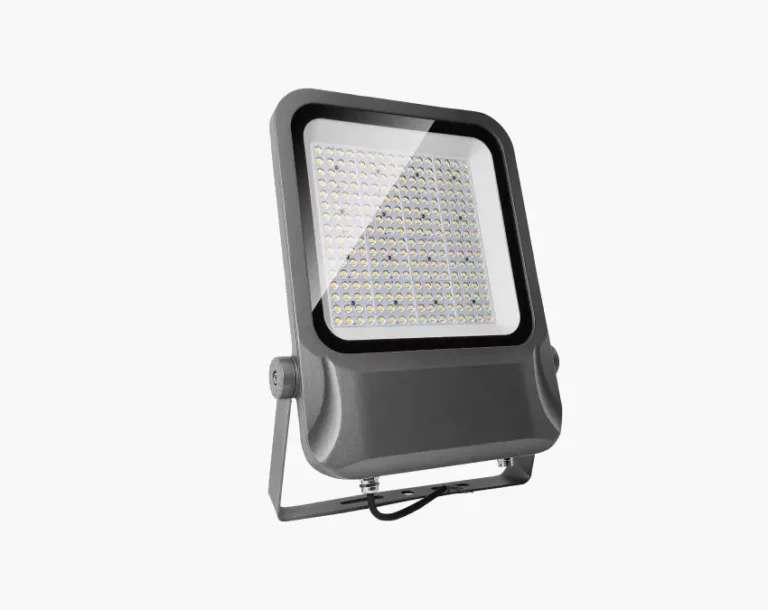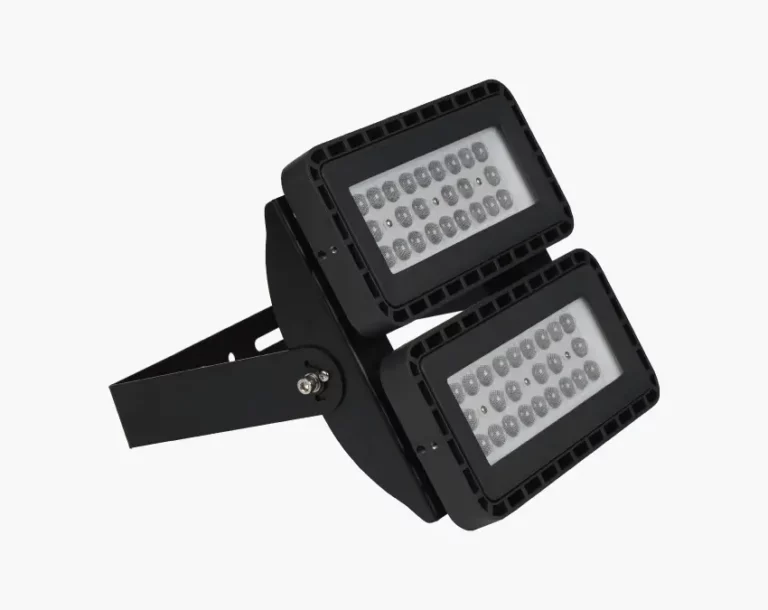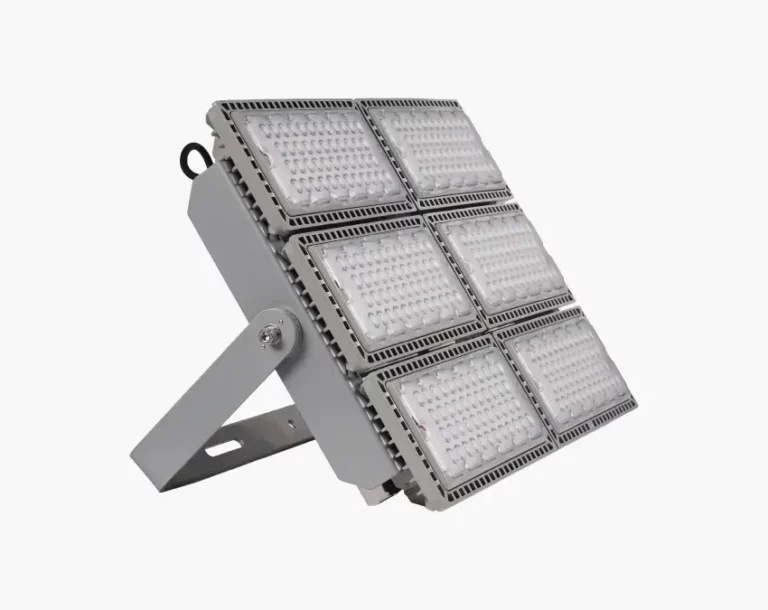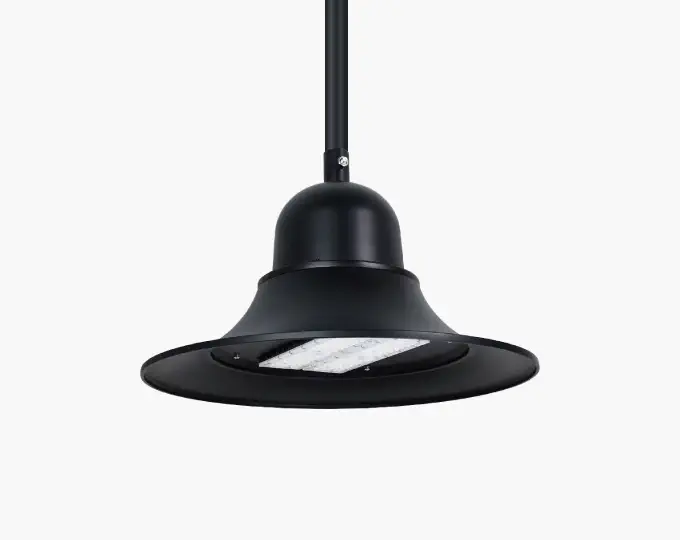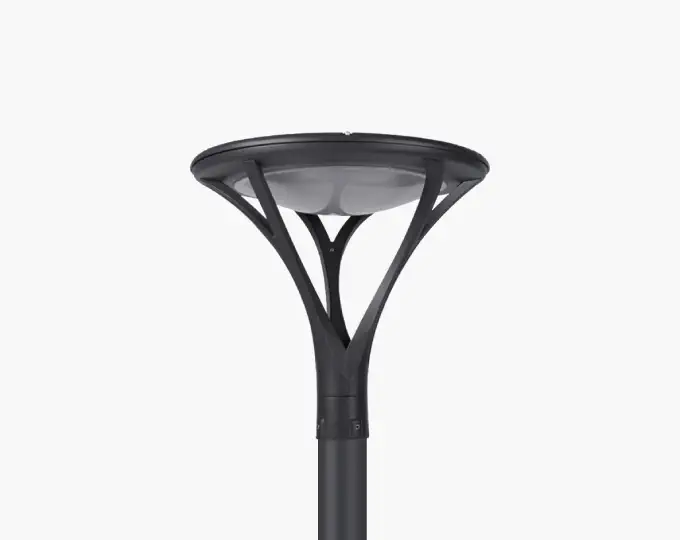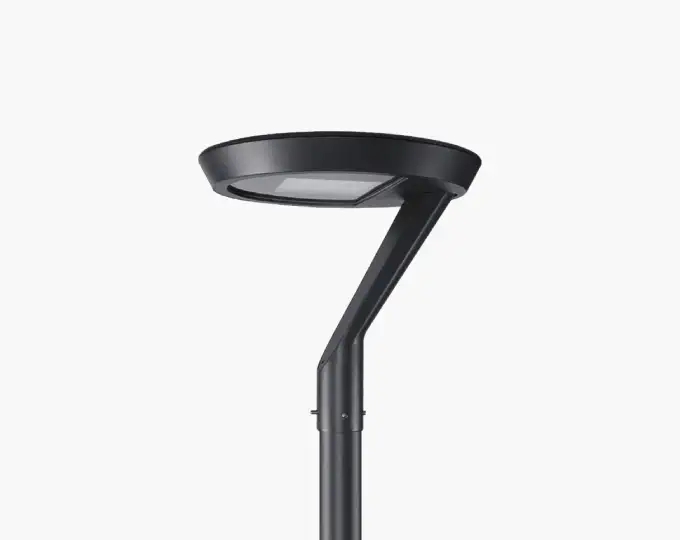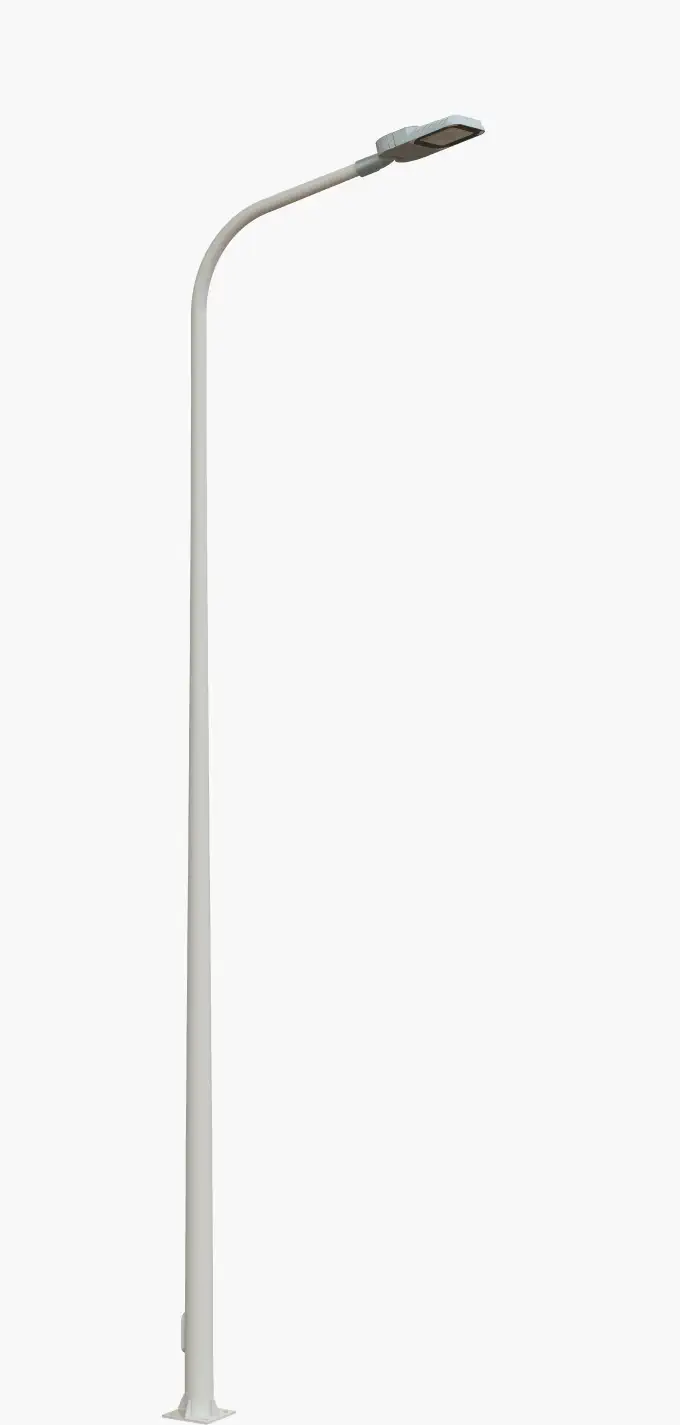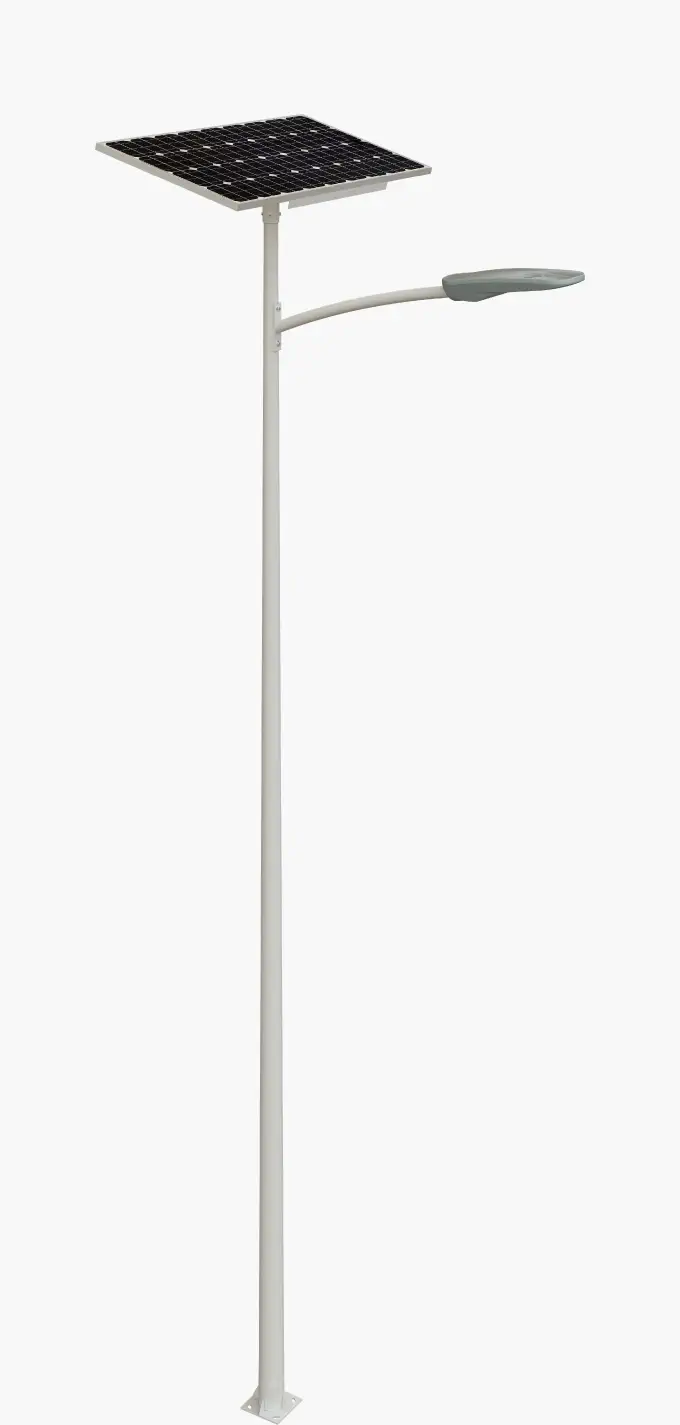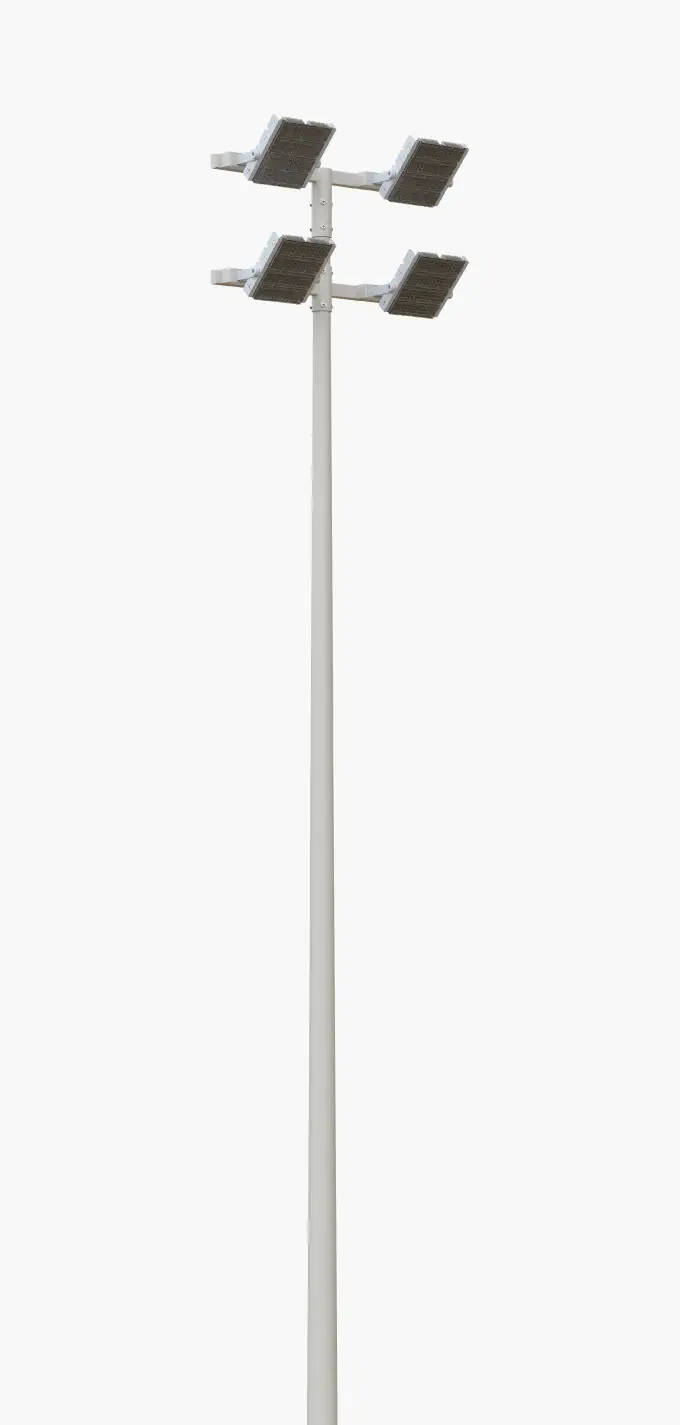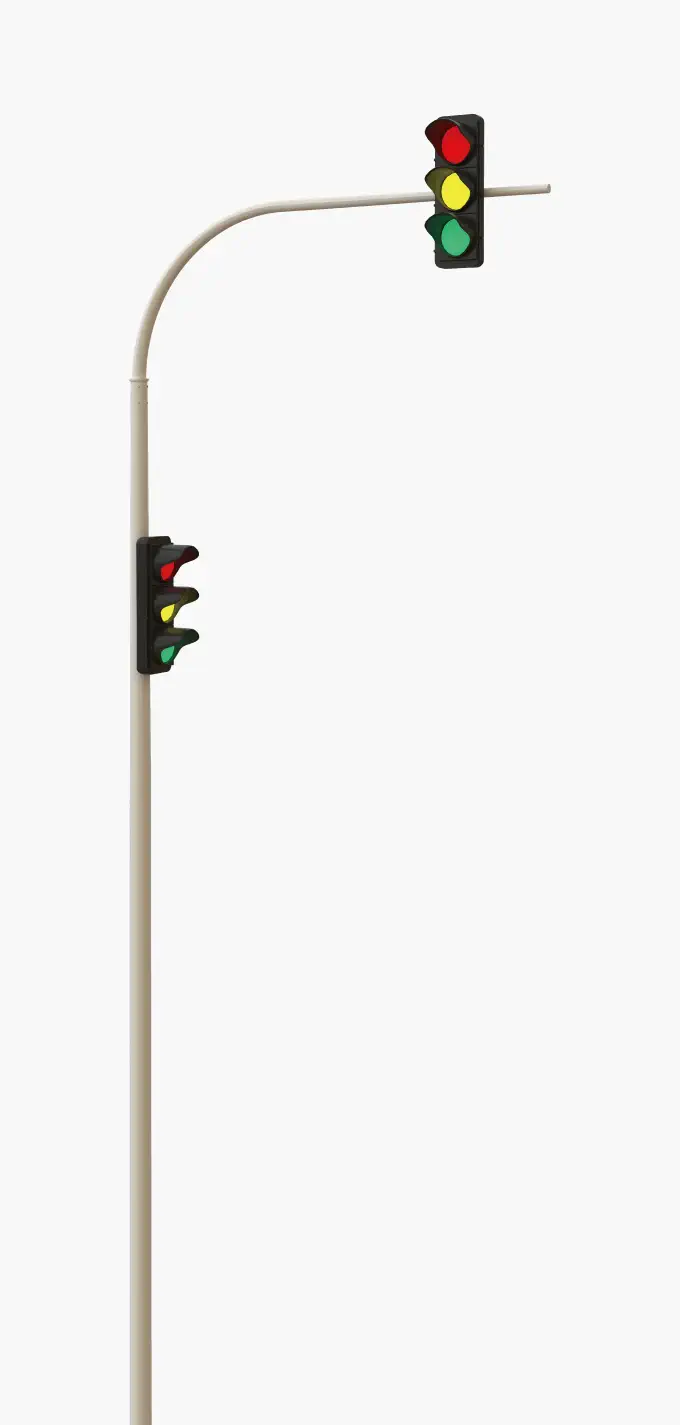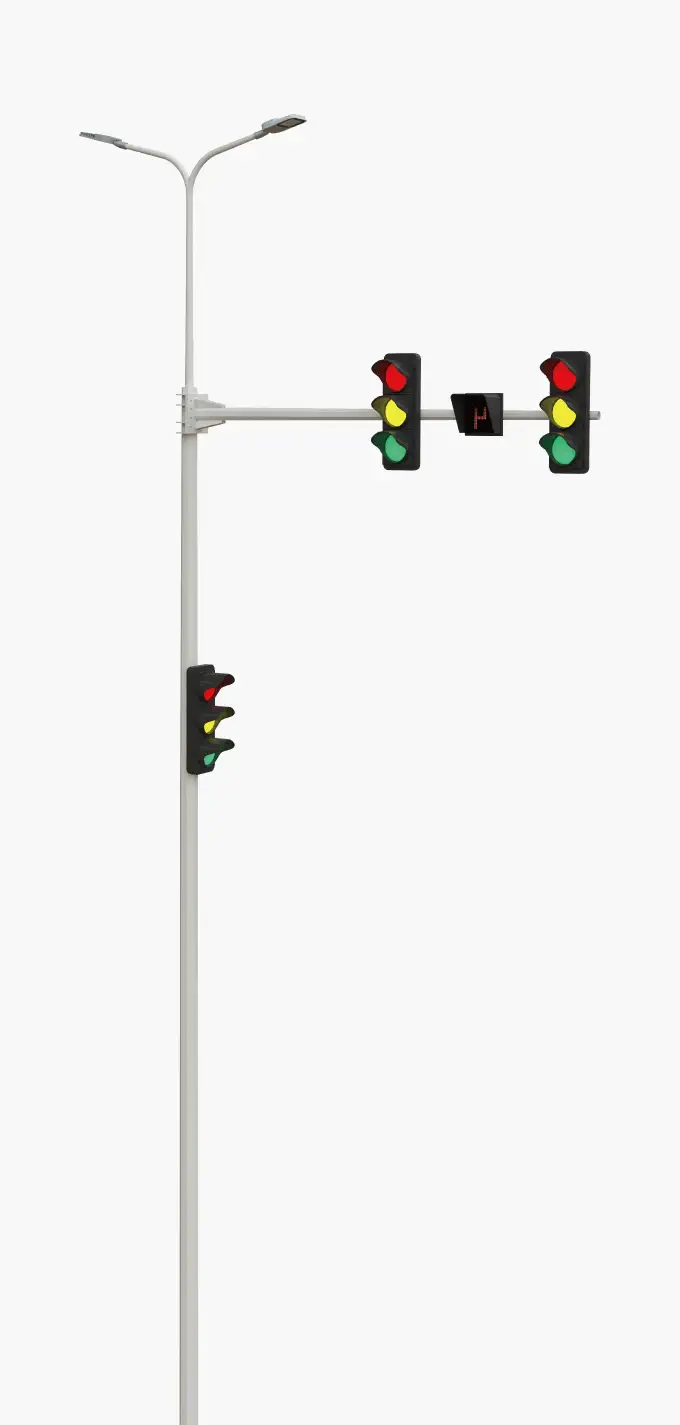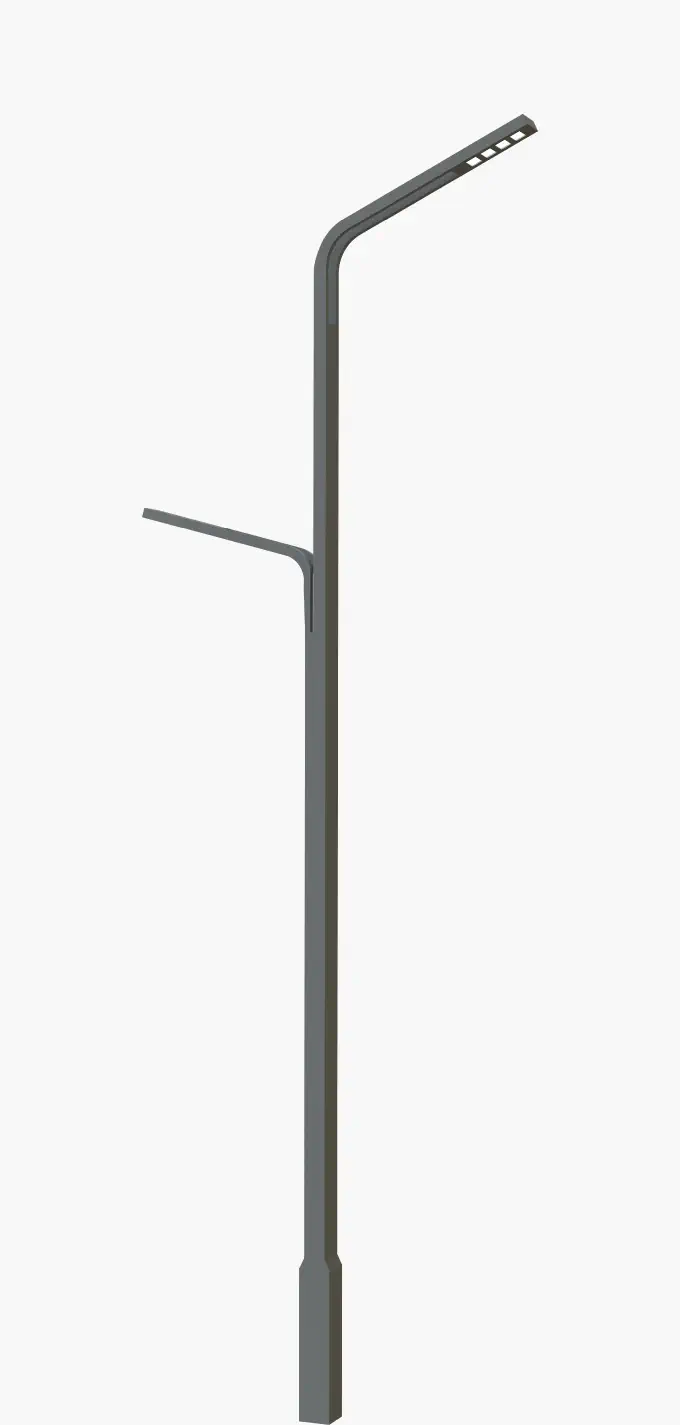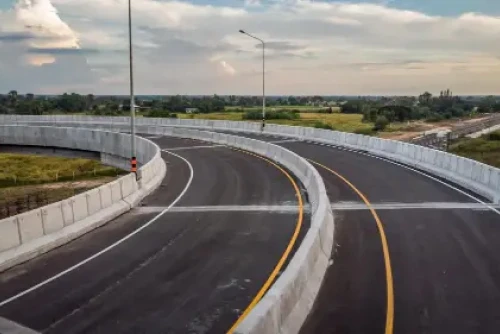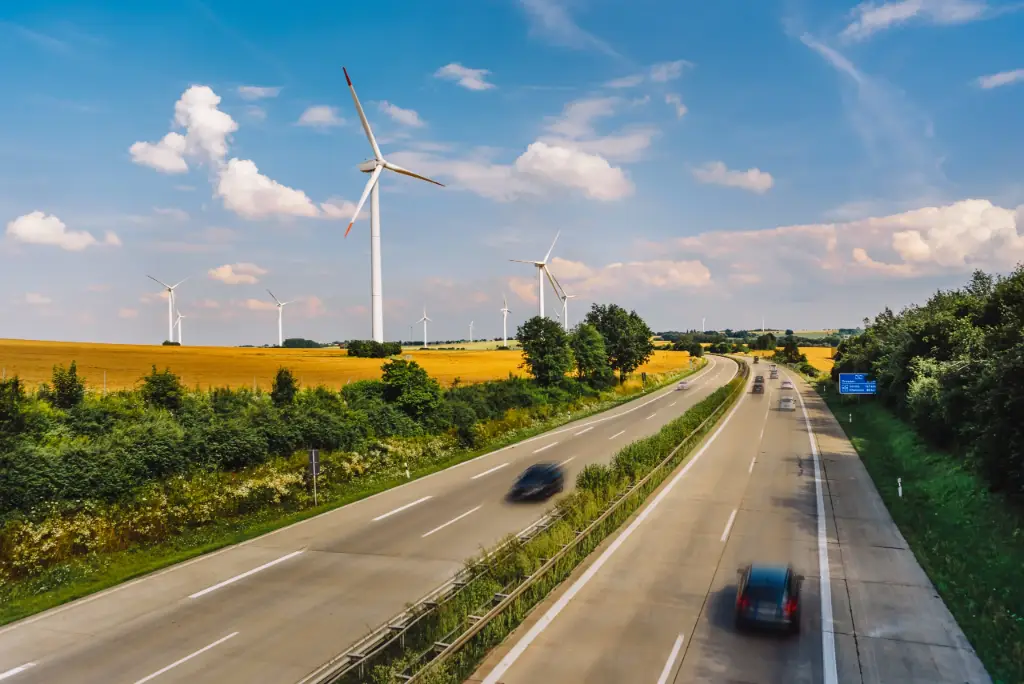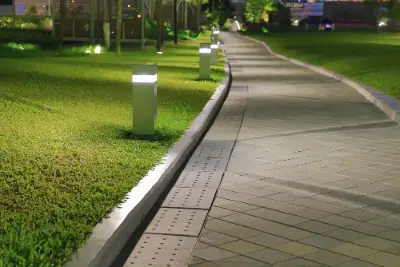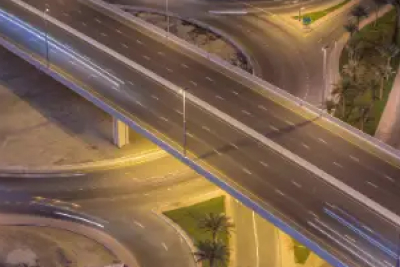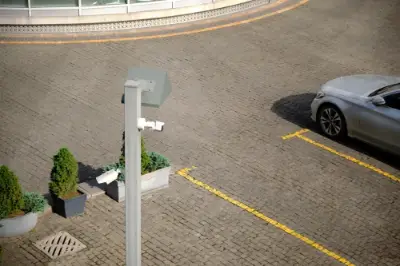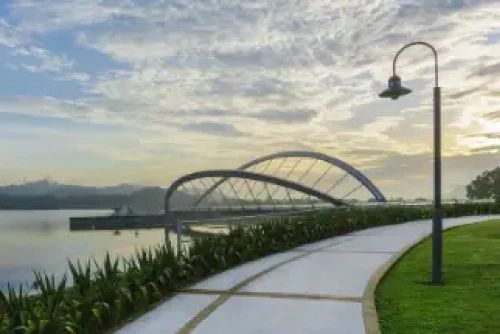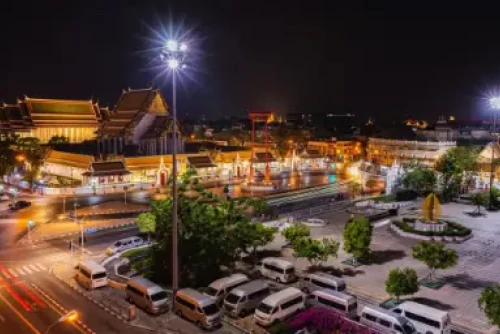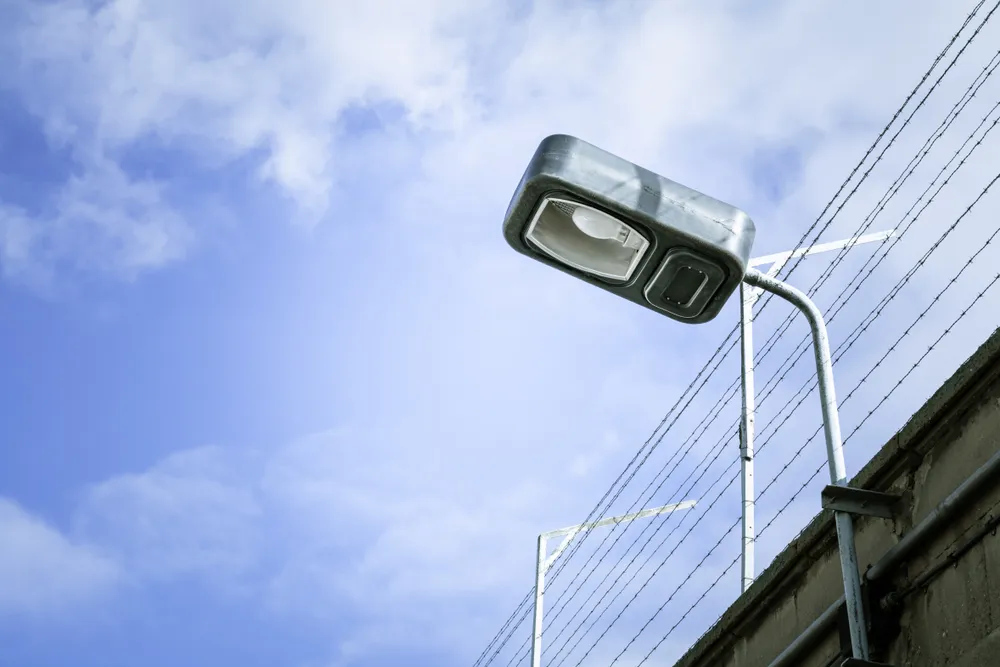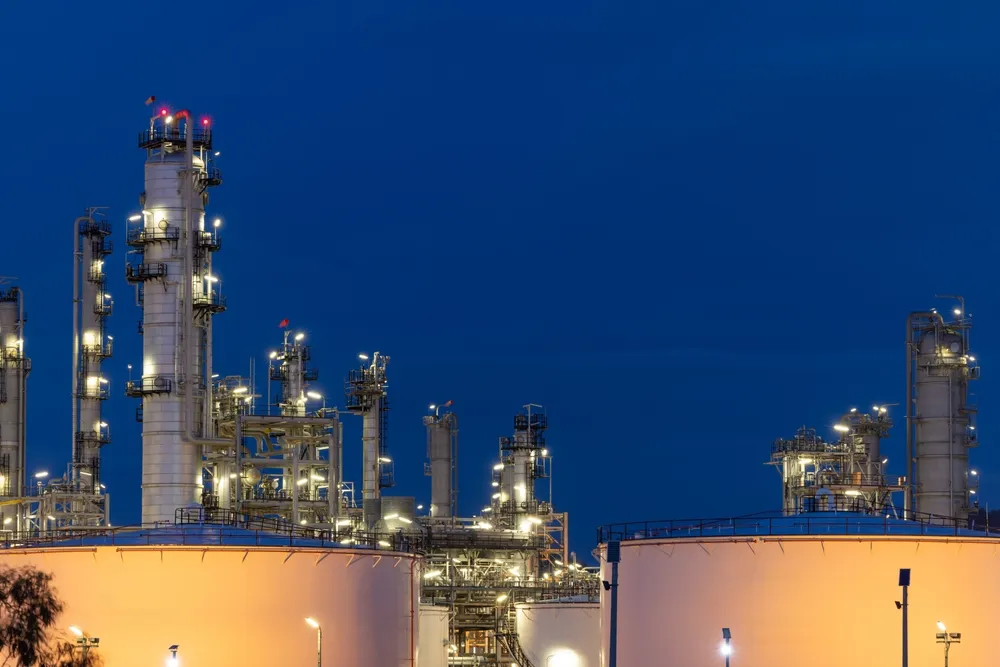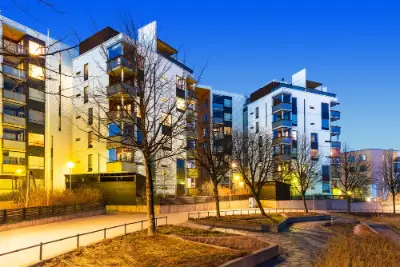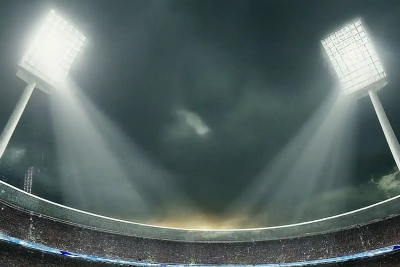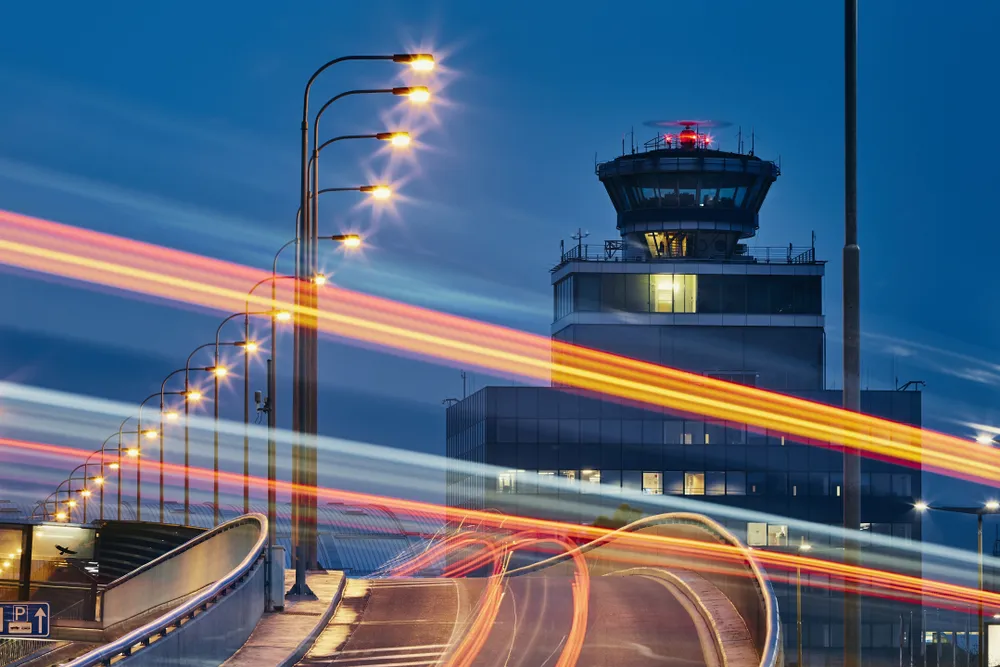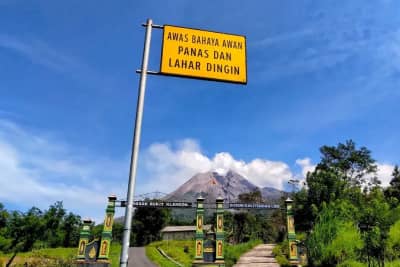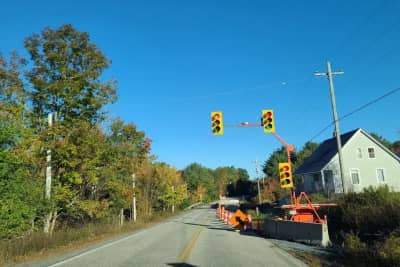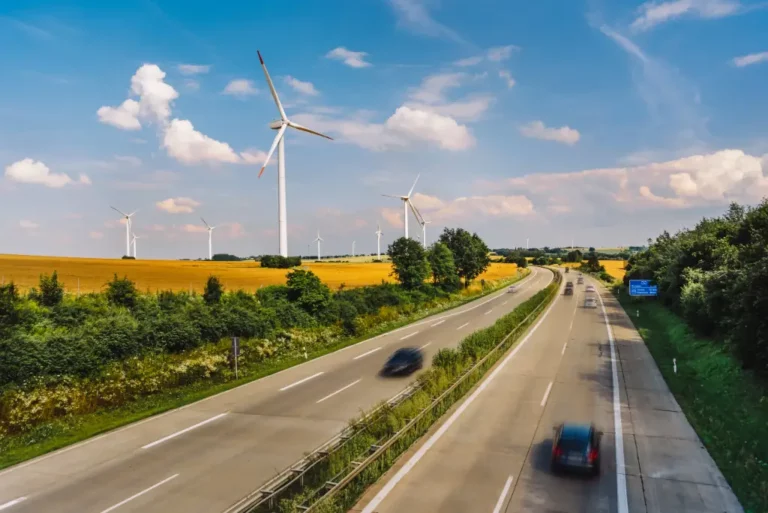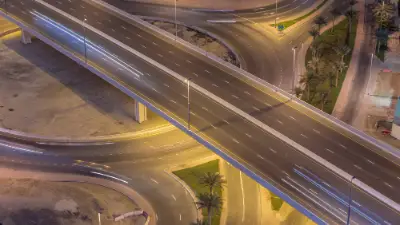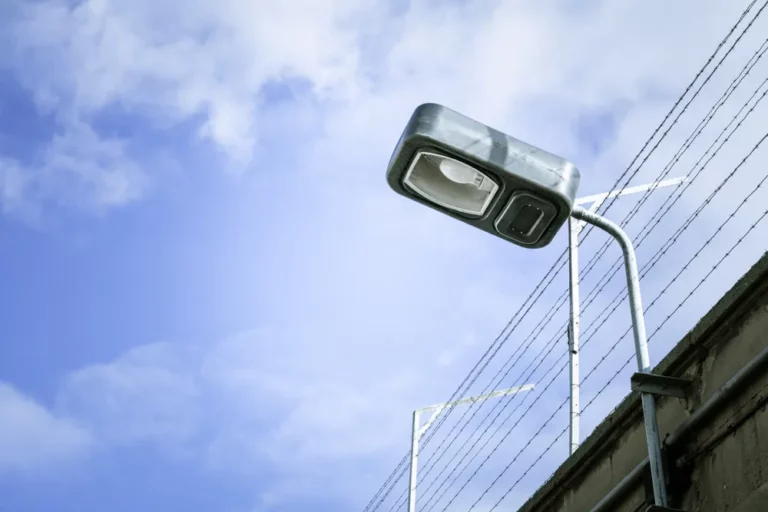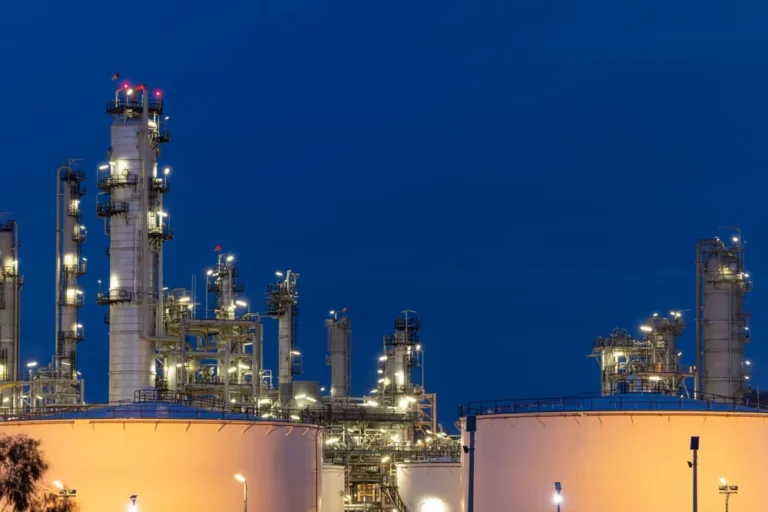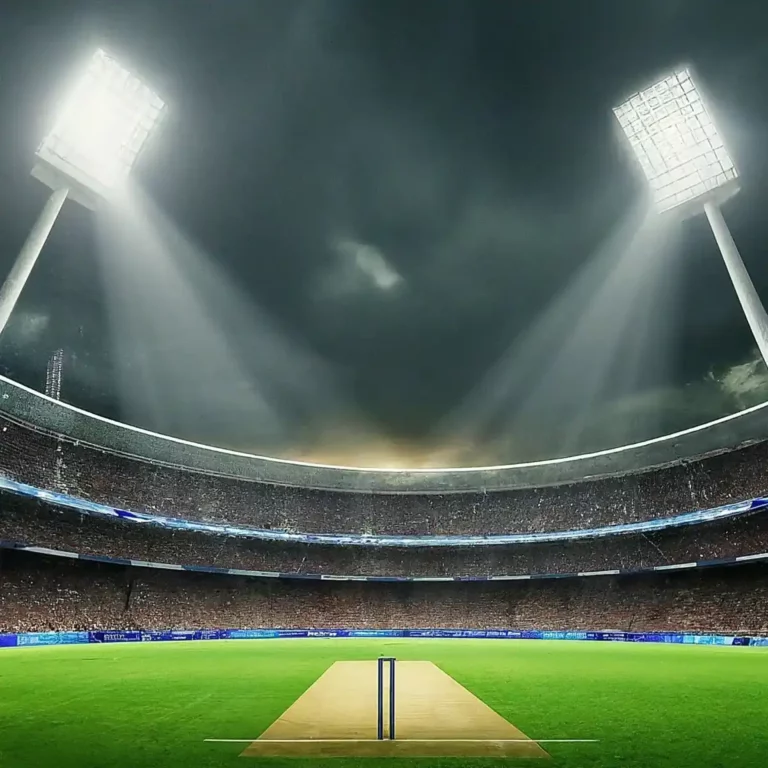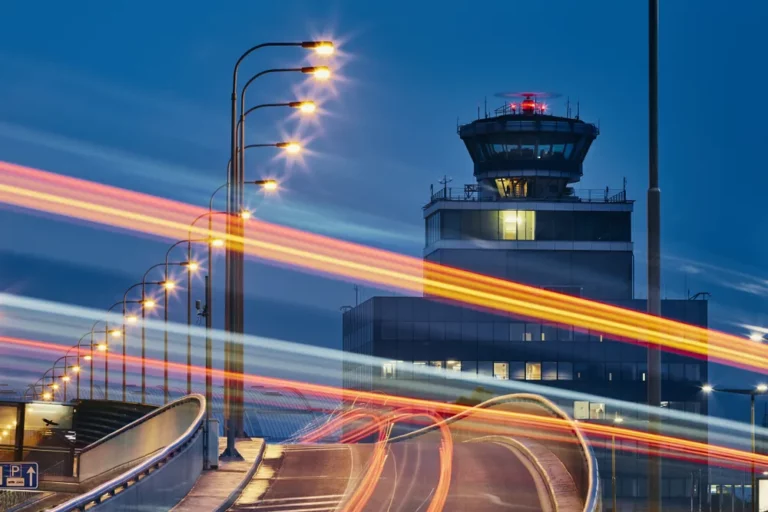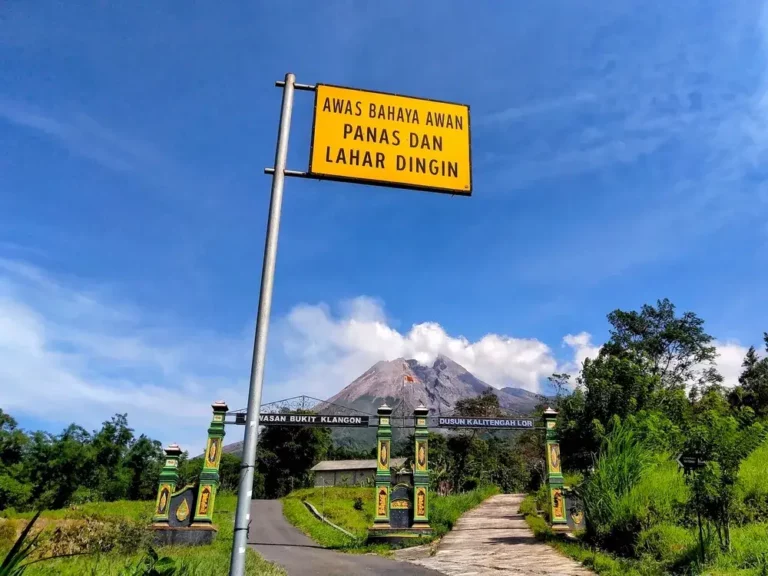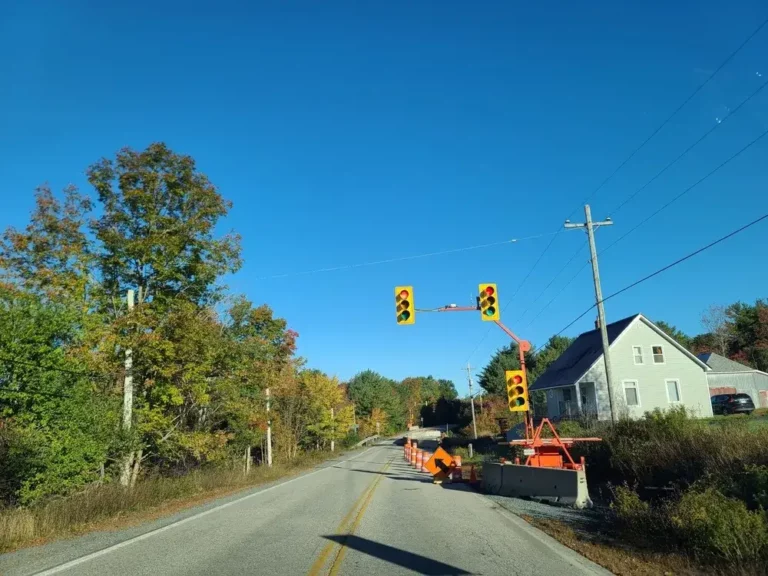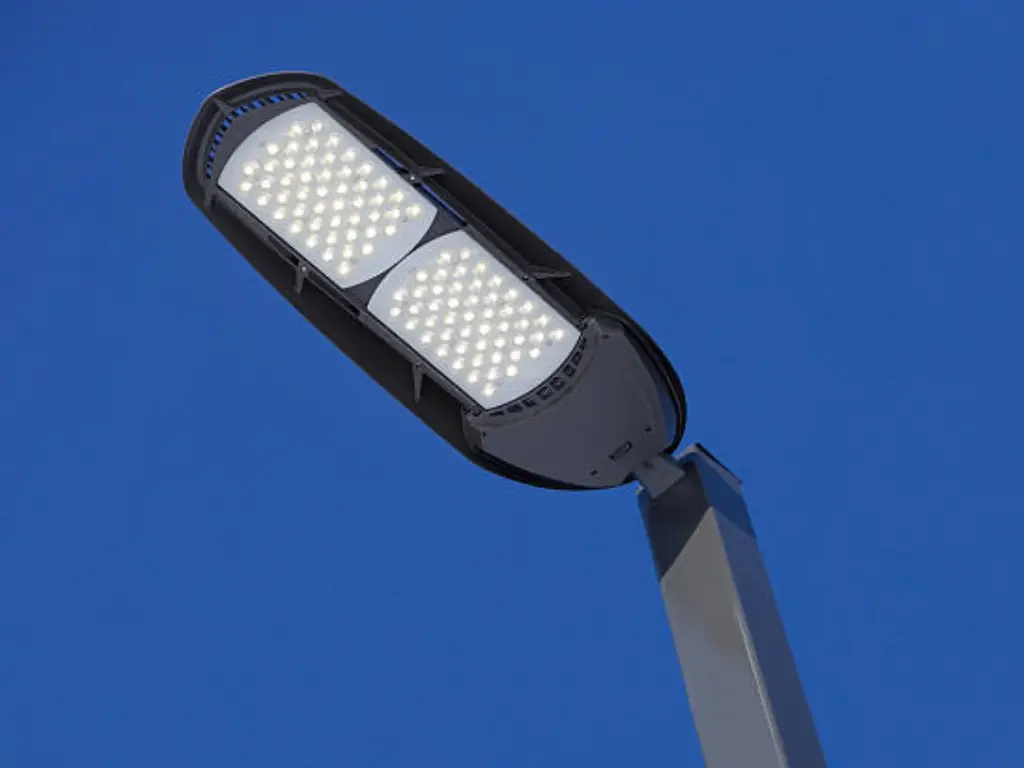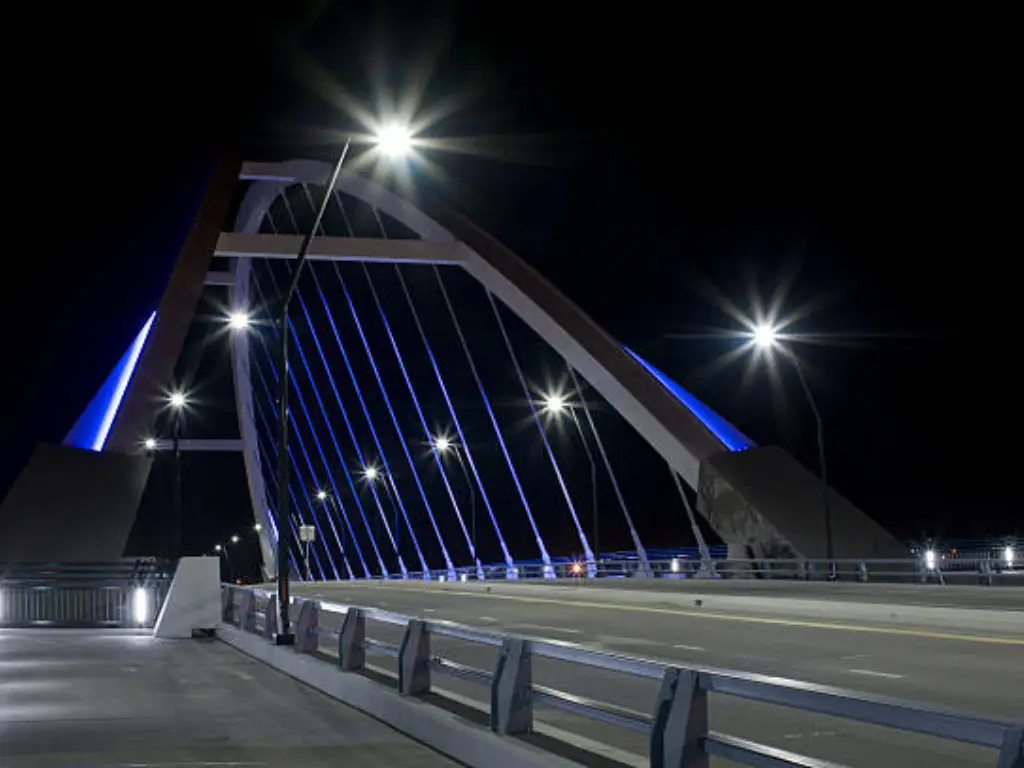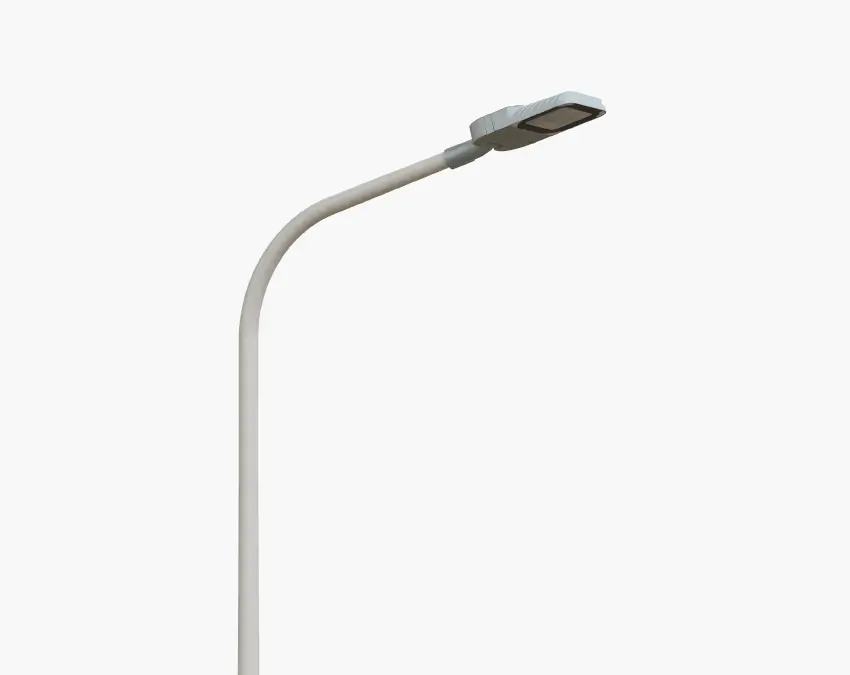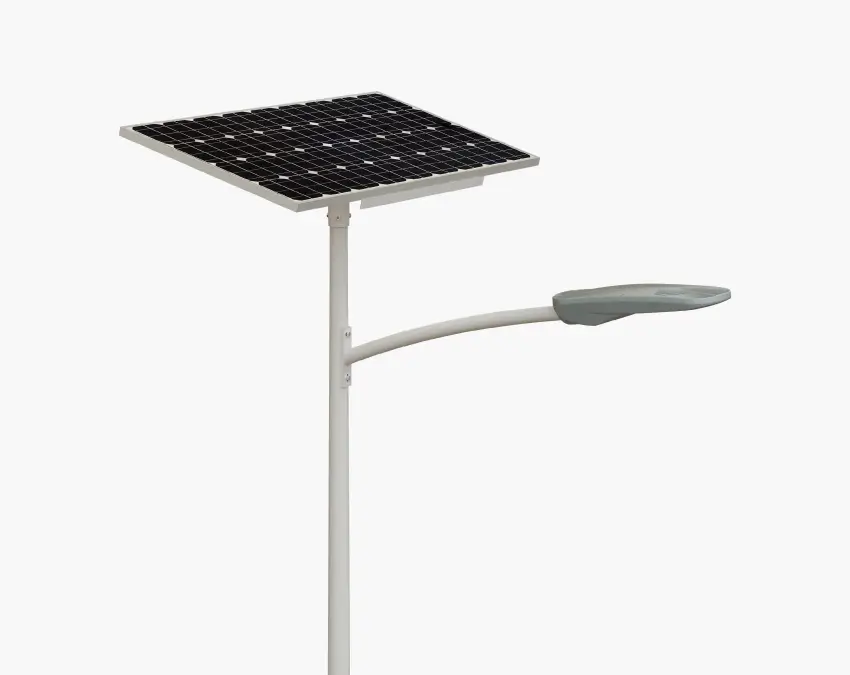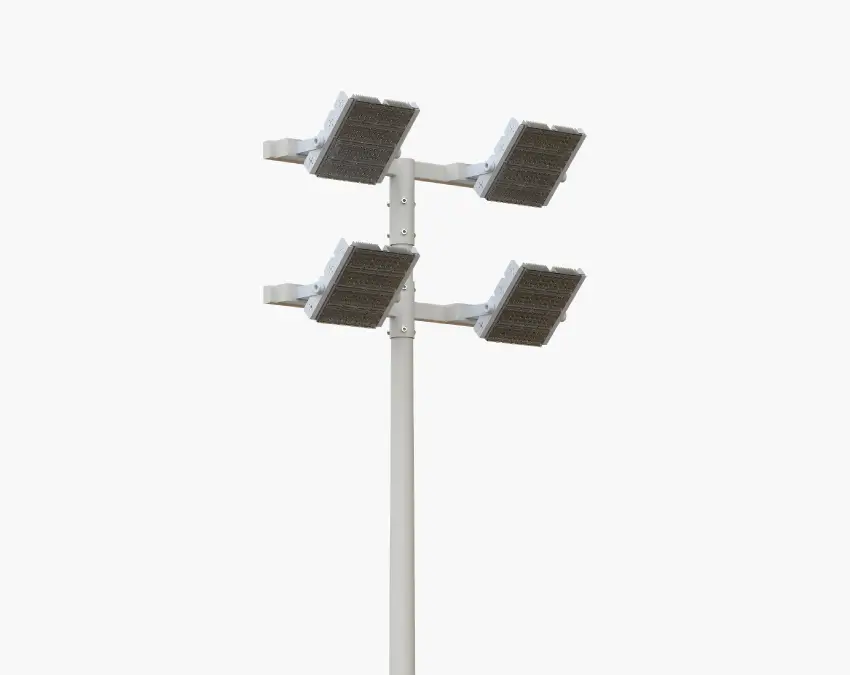Introduction
The installation of street lighting serves municipal purposes by enhancing public security through visibility while creating better urban appearances. The dimensions of street lights vary across different settings. The dimensions of street lights change according to their placement between residential areas and highways. The dimensions of street lights depend on road width and traffic density alongside weather conditions. The choice between LED and metal halide and incandescent lamps results in different efficiency levels and brightness outputs. Street lighting height together with positioning influences both visibility conditions and power usage and leads to light emissions that pollute the setting. The article examines street lighting characteristics besides explaining their standard dimensional patterns and assessing their outcomes for safety alongside efficiency and environmental impact.
Standard Street Light Heights: How Big Are They?
Street light height adjustments depend on their intended use. Standard residential street lighting poles extend between 3 to 6 meters (10 to 20 feet) in height. The shorter streetlight poles create uniform illumination without causing discomfort to people who reside near the lights.
Street lights used for public areas and roadways and highways reach heights that exceed those of residential street lighting. Highway and major road lighting standards dictate pole heights must be set between 30 to 50 feet (9 to 15 meters) to properly illuminate passing vehicles. Special beacon lights and traffic signals require additional height beyond the standard to maintain visibility across extended distances.
Types of Street Lights and Their Typical Sizes
Street lights come in various types, each designed for specific applications and environments. The choice of street lighting impacts energy consumption, light distribution, and public safety. Below is a breakdown of the common types of street lighting systems and their typical sizes.
1. Incandescent Street Lights
- Height Range: 4 to 10 meters (13 to 33 feet)
- Application: Historical and decorative lighting
- Features: These lights served as street lighting during the electric lighting era because they produced warm illumination yet consumed a lot of energy and lasted only a short time. These lights exist primarily in heritage sites and some residential areas where they serve decorative functions although modern lighting solutions have replaced them.
2. Sodium Vapor Lamps (Low-Pressure and High-Pressure)
- Height Range: 6 to 15 meters (20 to 50 feet)
- Application: Highways, arterial roads, industrial zones
- Features: Sodium vapor lamps were commonly used for public street lighting until LED street lights gained popularity because they produce a yellowish light while providing efficient energy usage. Sodium lamps of the low-pressure type operated from poles measuring 6 to 10 meters in height but high-pressure sodium lamps needed poles that reached 10 to 15 meters to achieve their desired light distribution.
3. Metal Halide Lamps
- Height Range: 9 to 20 meters (30 to 65 feet)
- Application: Stadiums, large intersections, commercial areas
- Features: The lamps generate white light while distributing it evenly throughout the area which makes them suitable for bright illumination needs. The lifespan of these street lamps is shorter than LED street lamps and they require more maintenance expenses. The lamps require installation on high street light poles to illuminate extensive areas.
4. LED Street Lights
- Height Range: 6 to 15 meters (20 to 50 feet)
- Application: Urban streets, highways, residential property lighting needs
- Features: The modern selection of LED street lamps has become dominant because they provide energy efficiency alongside extended lifespan and produce uniform lighting with minimal luminous contamination. The installation height of these lights depends on traffic density and lighting conditions.
5. Solar Street Lights
- Height Range: 4 to 12 meters (13 to 40 feet)
- Application: Rural areas, parks, smart street lighting projects
- Features: The power source from renewable energy drives solar street lights which function well in regions that lack access to standard electricity grids. The installation height of these lights needs to be moderate to enable proper solar panel function.
6. Smart Street Lighting
- Height Range: 6 to 15 meters (20 to 50 feet)
- Application: Modern urban environments, adaptive lighting systems
- Features: These advanced systems regulate light intensity in real-time owing to weather conditions, traffic volume, and pedestrian movement. They use LED street lamps, Artificial Intelligence driven controllers, motion detectors to maximize energy savings whilst ensuring the safety of the public.
Streets lights achieve various benefits which depend on their placement along with illumination needs and energy performance objectives. Smart street lighting and solar street lights will control future urban planning developments because of advancing technology.
How Street Light Height Varies by Location
The setting of street light takes into account the type of road, lighting conditions, traffic density, and the area itself. Having them set at the correct height minimizes the risks associated with public safety while improving light distribution and lowering light pollution. This explanation below provides a breakdown of street light usage by location along with their corresponding illumination impacts.
1. Residential Areas and Rural Roads
- Street Light Pole Height: 4 to 8 meters (13 to 26 feet)
- Illumination Coverage: 10 to 15 meters in diameter
- Best For:Residential property lighting needs, rural roads, parks
In rural roads, the streets are relatively low populated which can be assumed to show low traffic density. As such, these lights are equipped with lower poles to provide adequate illumination without causing excessive glare. These poles which range between 4 to 8 meters provide for a comfortable illumination radius for streets causing minimal light pollution. At the same time, a lower height reduces maintenance costs, energy consumption, while keeping the lighting relatively pedestrian friendly.
2. Urban Streets and Secondary Roads
- Street Light Pole Height: 8 to 12 meters (26 to 40 feet)
- Illumination Coverage: 15 to 30 meters in diameter
- Best For:Public spaces, commercial districts, city streets
The height of street light poles ranges from 8 to 12 meters when installed on city roads and public spaces which experience high pedestrian traffic and numerous traffic signals. Pole heights at city roads and public spaces achieve both extensive sidewalk illumination and security needs. The lighting systems create visible areas between 15 to 30 meters which provide sufficient nighttime visibility for drivers and pedestrians. Urban environments now employ smart street lights which adapt their intensity according to both vehicle traffic levels and meteorological conditions.
3. Highways and Major Roadways
- Street Light Pole Height: 12 to 18 meters (40 to 60 feet)
- Illumination Coverage: 30 to 50 meters in diameter
- Best For:High-speed roads, interstates, expressways
Highway and expressway roads require street light poles that reach heights between 12 to 18 meters because visibility demands it. The increased pole height enables public street lighting to extend its coverage area up to 30 to 50 meters in diameter thus eliminating dark zones between poles. The added height produces glare-protection for quick vehicles and maintains uniform illumination across road lanes.
4. Bridges, Intersections, and Tunnels
- Street Light Pole Height: 10 to 15 meters (33 to 50 feet)
- Illumination Coverage: Varies based on road curvature and length
- Best For:High-traffic areas, dangerous curves, tunnels
The specialized street lighting systems operate at bridges, tunnels together with major intersections. The lighting fixtures are installed at heights between 10 to 15 meters to achieve proper illumination without creating disturbing reflections or glare that impairs driver vision. Certain areas install beacon lights together with adaptive brightness LED street lamps to optimize visibility during different periods of illumination.
Street Light Pole Materials and Their Size Impact
Light pole material affects its size, durability, and overall cost. In the 19th century, coal gas street lamps were mounted on cast iron poles which were extremely durable, however, heavy. Nowadays, steel aluminum and fiberglass have become the main materials used for modern day electric street lighting as they offer permanent energy conserving structural stability.
Steel poles are the most used for public street lighting because of their high strength and durability. They usually range from 9 to 15 meters in height. Aluminum poles are often used in coastal cities as they tend to be lightweight as well as corrosion resistant. Fiberglass poles also have become popular in residential areas as they are low maintenance, flexible in design, yet still stand at a height of 4 to 10 meters.
LED vs. Traditional Street Lights: Size Differences
The replacement of incandescent lights and metal halide lamps with LED street lights have transitioned the size of street lighting systems. To reduce overheating, incandescent street lights were mounted on taller poles to allow inefficient heat dissipating lights to be housed in larger fixtures.
LED street lamps are far more efficient, compact, and lightweight which improves pole height due to focused efficient light distribution. The use of solar street lights in many smart street light systems decreases the need for high power infrastructure making them energy efficient and ideal for modern urban planning. These systems also reduce light pollution, making them even more appealing.
| Feature | Traditional Street Lights | LED Street Lights |
| Fixture Size | Larger due to inefficient heat dissipation. | More compact and lightweight. |
| Pole Height | Mounted on taller poles to prevent overheating. | Can be mounted on shorter poles due to efficient heat management. |
| Efficiency | Less energy-efficient; more power consumption. | Highly energy-efficient with reduced power consumption. |
| Heat Dissipation | Poor heat dissipation, leading to larger fixtures. | Excellent heat dissipation, reducing the need for larger fixtures. |
| Light Distribution | Broad, less focused. | More focused, allowing for better control of light spread. |
| Environmental Impact | Higher carbon footprint due to inefficiency. | Reduced carbon footprint, more environmentally friendly. |
| Cost | Higher operational costs due to energy consumption and maintenance. | Lower operational costs thanks to energy efficiency and longer lifespan. |
| Application | Common in older street lighting systems. | Widely used in modern smart lighting and urban planning. |
How Street Light Height Affects Visibility & Safety
Public safety, together with road visibility, directly relies on the proper elevation of street lights. The correct location of outdoor light fixtures allows pedestrians and drivers together with cyclists to easily view important road elements including signs and obstacles as well as other traffic participants.
Short street lights create lighting patterns that leave dark areas which heightens the danger of accidents. Excessive height of street light poles leads to both strong glare and scattered blue light which diminishes nighttime visibility. The national standards establish height requirements which depend on lighting conditions and road type and traffic density to provide proper illumination for all street types.
| Street Light Height (Meters) | Typical Illumination Coverage (Meters) | Best Application Areas |
| 4 – 6 meters | 10 – 15 meters | Residential areas, parks |
| 6 – 10 meters | 15 – 25 meters | Small roads, urban streets |
| 10 – 15 meters | 25 – 40 meters | Main roads, commercial areas |
| 15 – 18 meters | 40 – 50 meters | Highways, large intersections |
| 18+ meters | 50+ meters | Highways, expressways, industrial zones |
Environmental Impact of Different Street Light Sizes
The setting of distinct street light height influences the environment differently. Light pollution is exacerbated by taller poles with high-intensity lights which can have detrimental impacts on the health of nocturnal wildlife and humans. Shorter LED street lights reduce energy consumption and also reduce the unwanted skyglow.
Also, taller poles increase maintenance costs because specialized tools are required to perform repairs and replace bulbs. The use of smart street lighting and solar street lights can help cities achieve greater energy savings and mitigate climate impacts. Thoughtful urban planning ensures that sufficient lighting is provided in public spaces while minimizing negative impacts on the environment.
Choosing the Right Street Light Size for Urban Planning
Street lighting should be planned with the road’s width, volume of traffic, and safety issues in mind for a thorough illumination within reasonable costs. Public safety and working and maintenance expense could be conveniently met if street lights were spaced apart in a way that minimum light for vehicle and pedestrian traffic was met.
Thanks to automation like smart lighting street lights, cities can now effortlessly manage their lighting system by adapting the lighting strength to pedestrian rush hours and climate change. To meet pedestrians’ needs and protect them from accidents, city planners can install LED solar lamps together with energy saving systems.
Inlux has industry-leading solar street lighting solutions, boasting a 280,000 square meter plant area and over 300 products certifications. We take pride in our exceptional materials with a failure rate of less than 0.5%. What sets us apart from others is the ability to deliver fully customized solar light solutions to fully match your project requirements. Inlux not only customizes power output, but also offers options for voltage, color temperature, CRI, logos, and designs for solar panels, LED housings, light poles, controllers, and even batteries. Due to our in-house capabilities and extensive supply chain, Inlux guarantees exceptional performance and reliability. Choose Inlux for your solar lighting.
Conclusion
To fulfill different light and public street lighting requirements, pole heights range from 3 to 15 meters, and there are variations in the sizes of street lights. The correct selection of street lighting systems improves visibility, safety, and energy efficiency in residential areas, rural roads, and even major highways.
Now, cities can reduce energy usage and light pollution while optimizing illumination because of advancements in LED street lighting, smart street lighting, and solar powered street lights. Correctly selecting street lighting solutions will be essential to guarantee safe and sustainable urban environments as urban areas continually expand.
